DIE BILDER WERDEN GELADEN…
Geschäftsmöglichkeiten zum Verkauf in São Domingos
3.450.000 EUR
Geschäftsmöglichkeiten (Zum Verkauf)
83.439 m²
Grund 83.439 m²
Aktenzeichen:
EDEN-T96119013
/ 96119013
Aktenzeichen:
EDEN-T96119013
Land:
PT
Stadt:
Sao Domingos e Vale De Agua
Kategorie:
Kommerziell
Anzeigentyp:
Zum Verkauf
Immobilientyp:
Geschäftsmöglichkeiten
Größe der Immobilie :
83.439 m²
Größe des Grundstücks:
83.439 m²


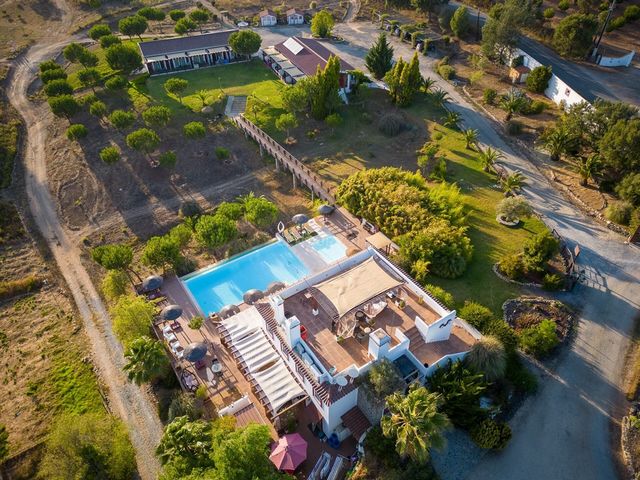

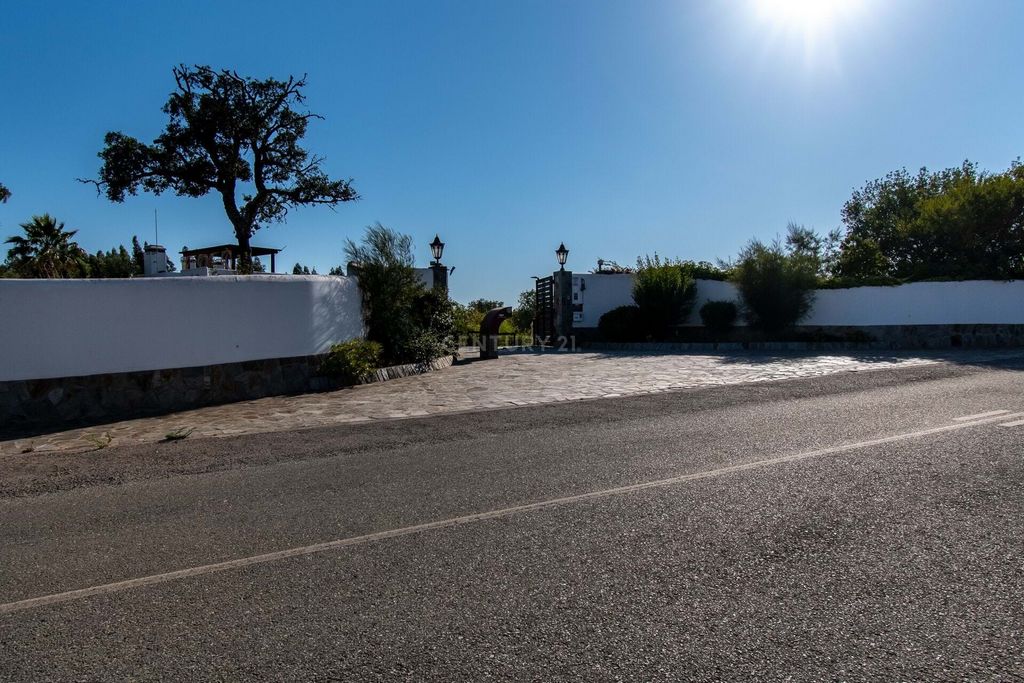
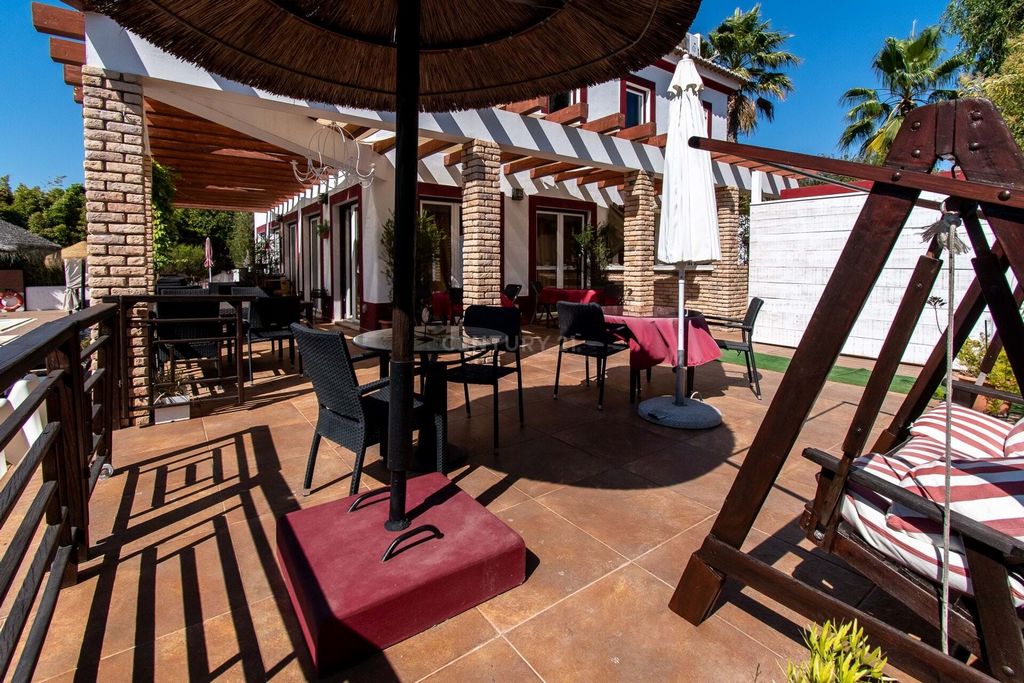
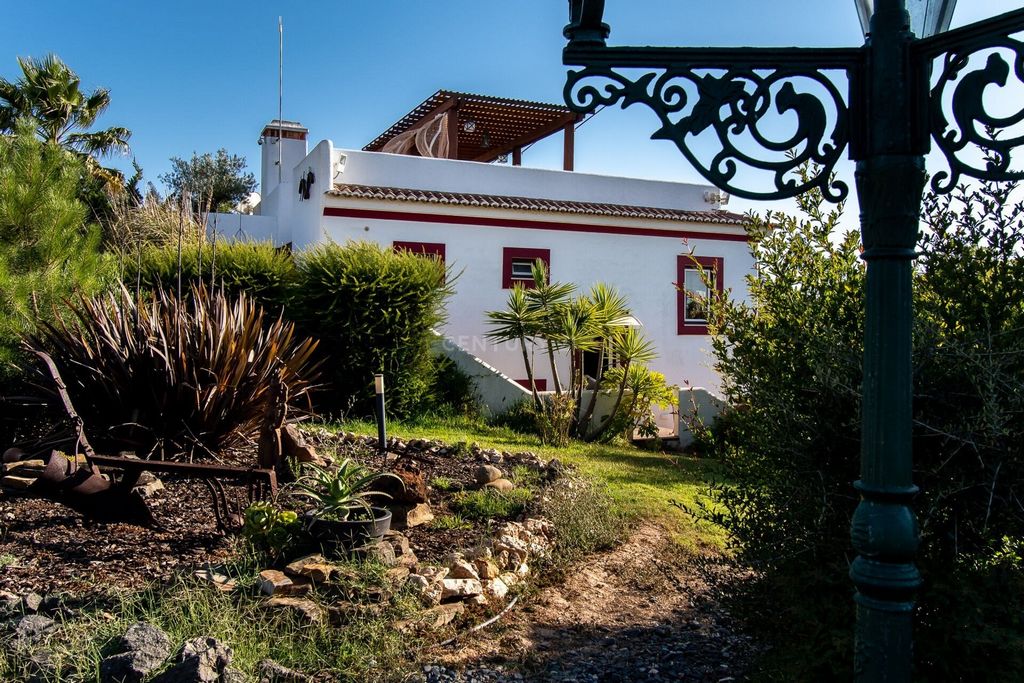

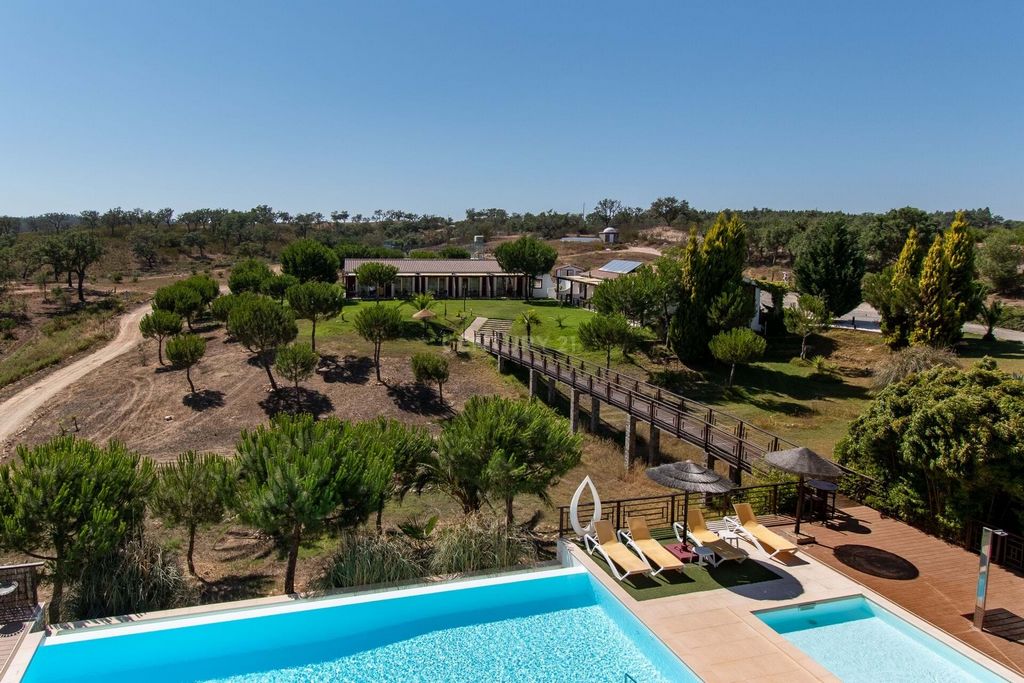
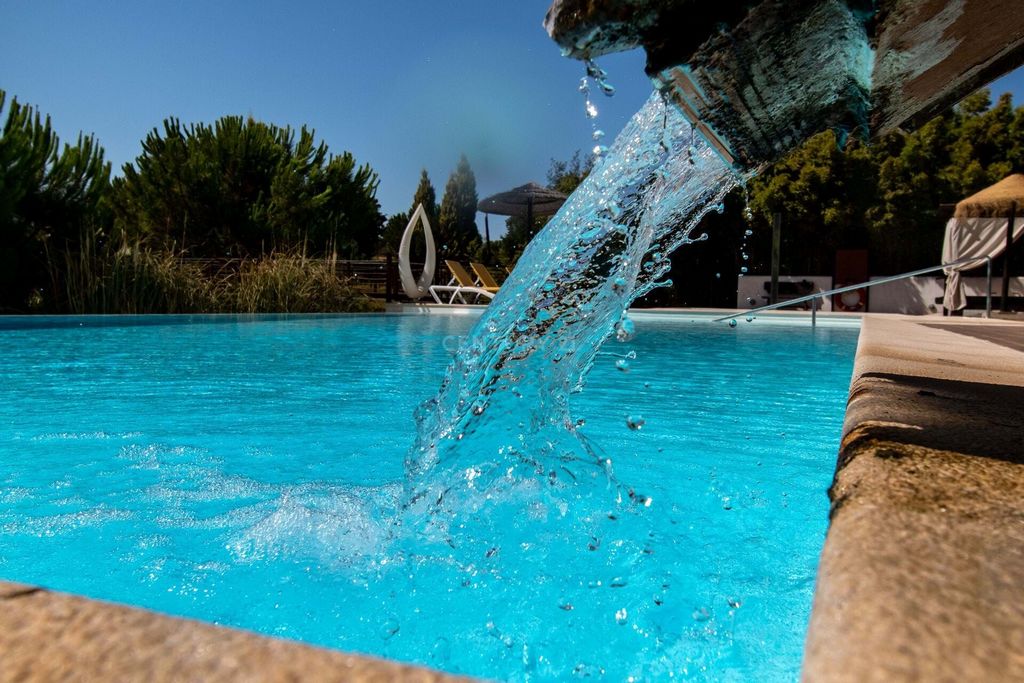
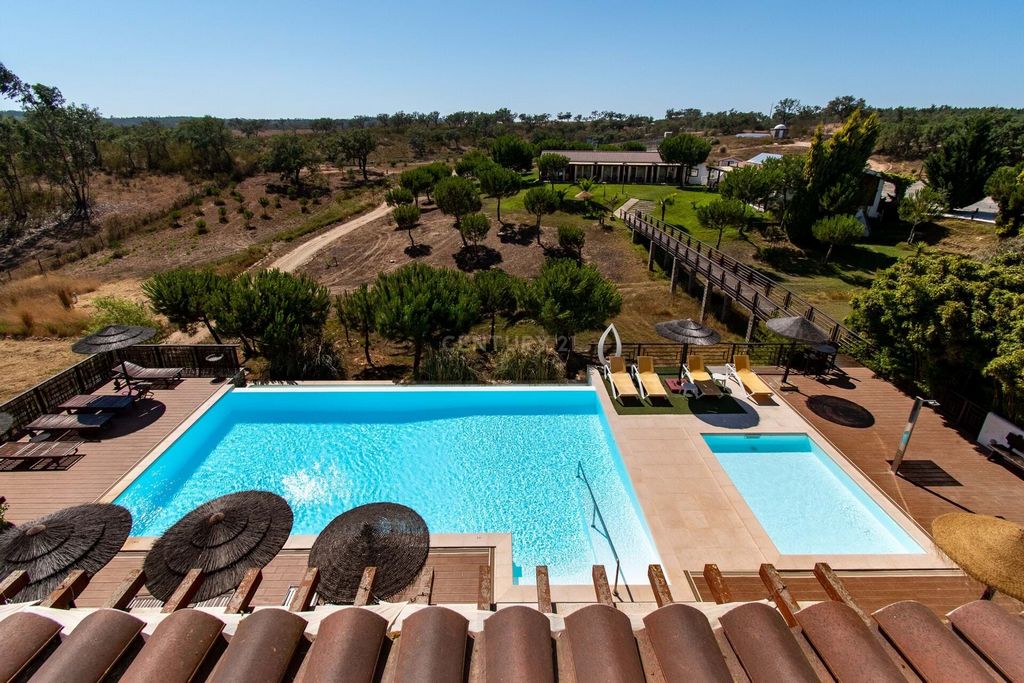
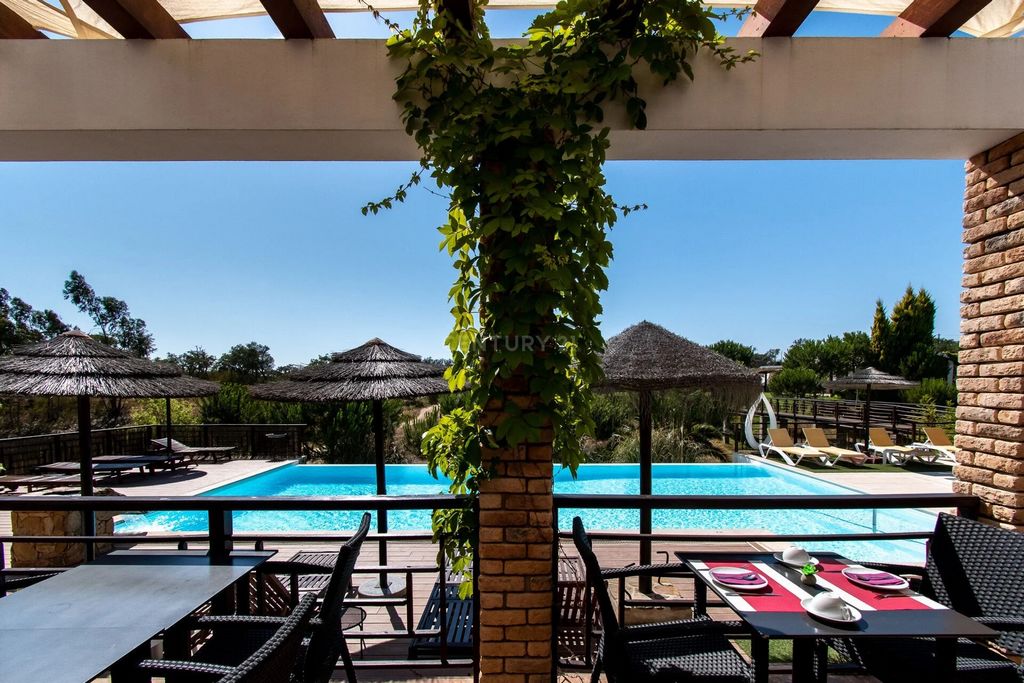
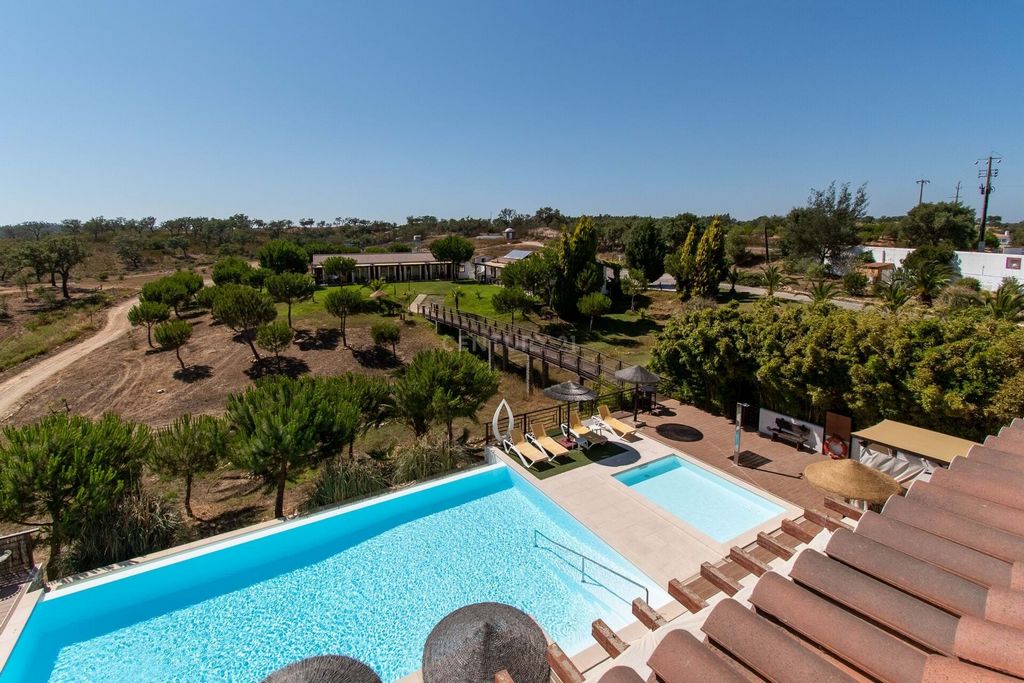
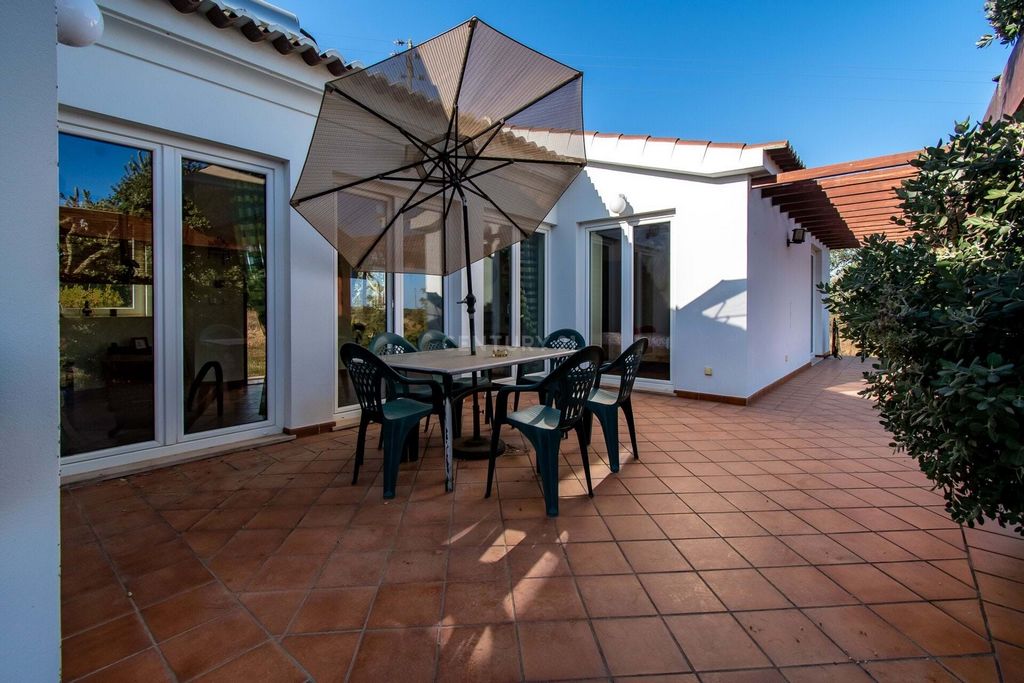
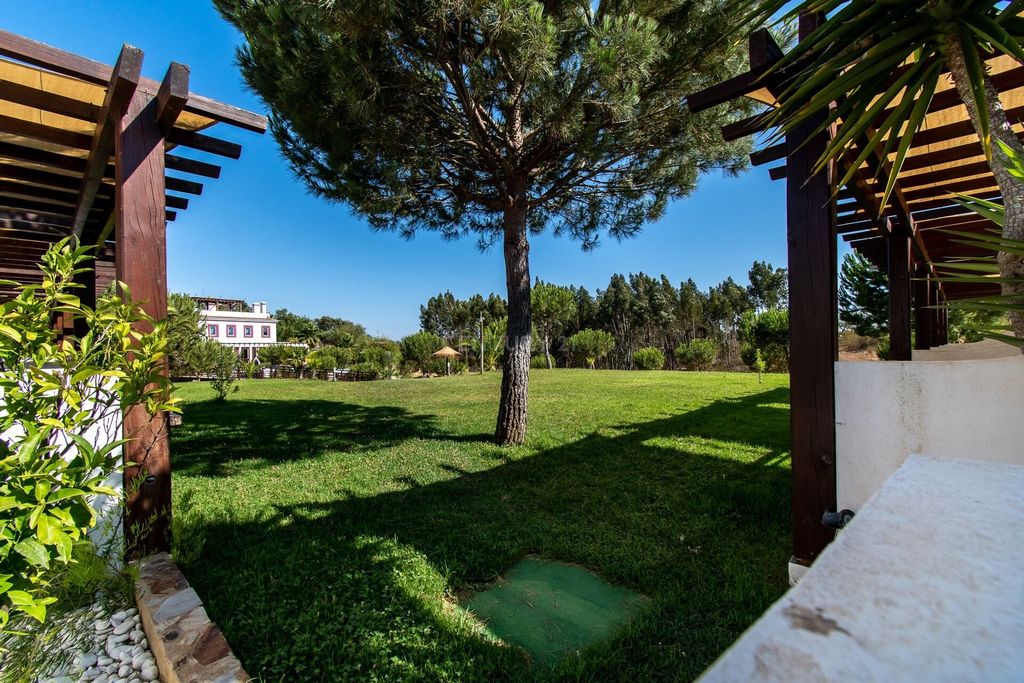
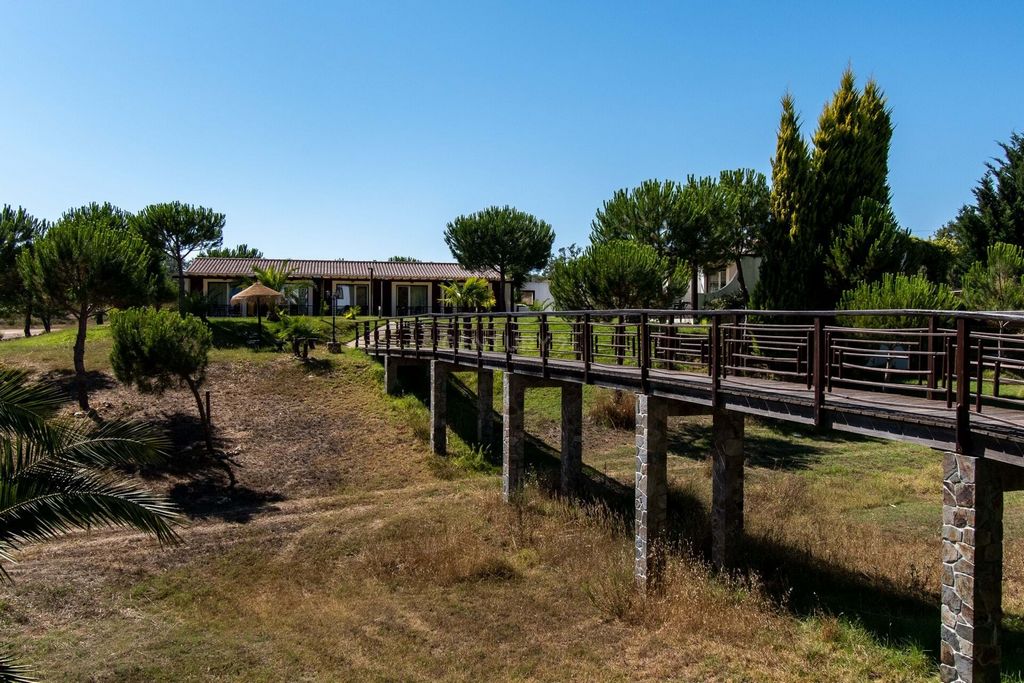

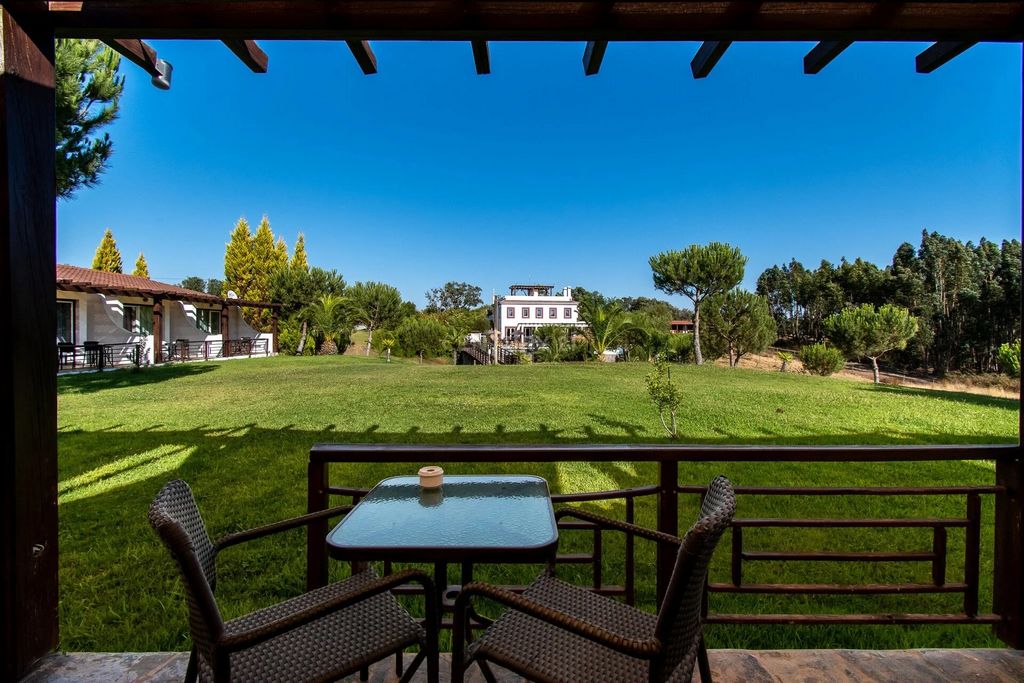
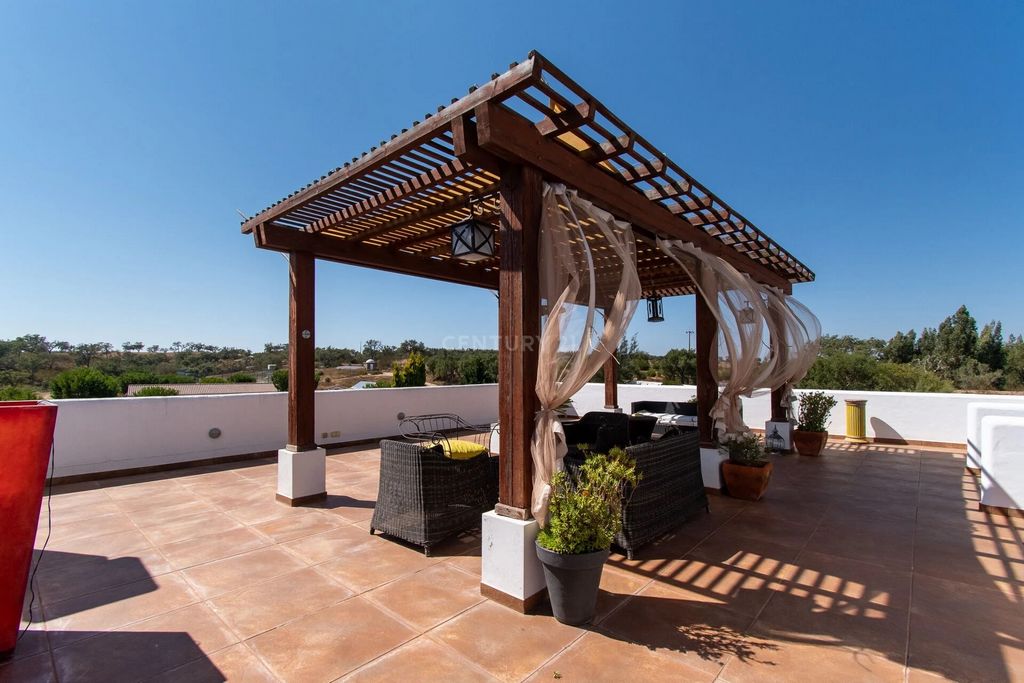
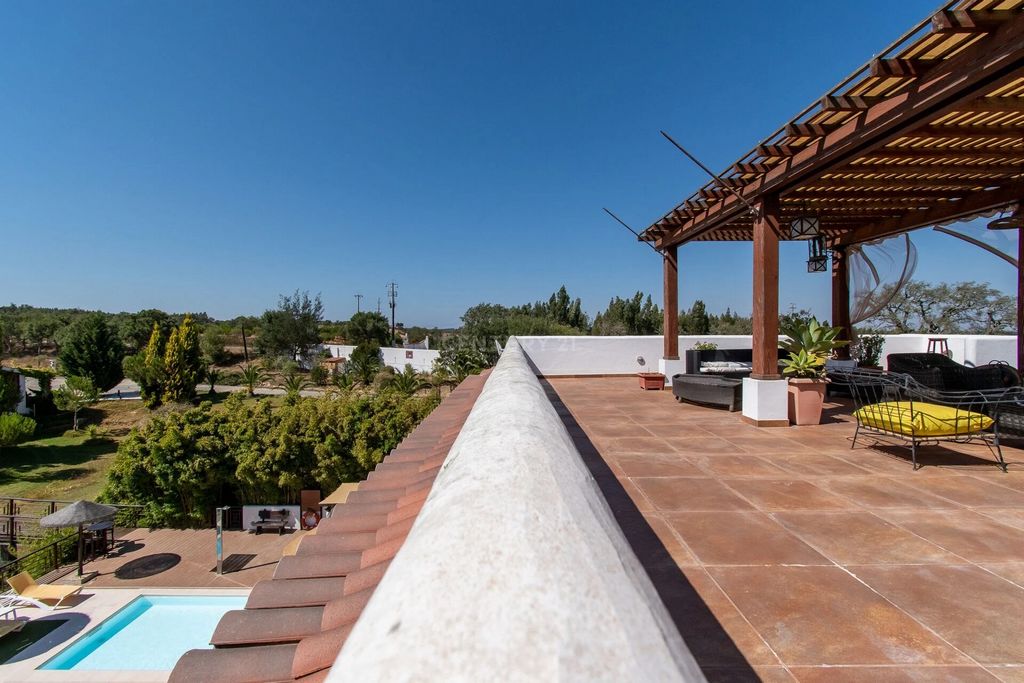
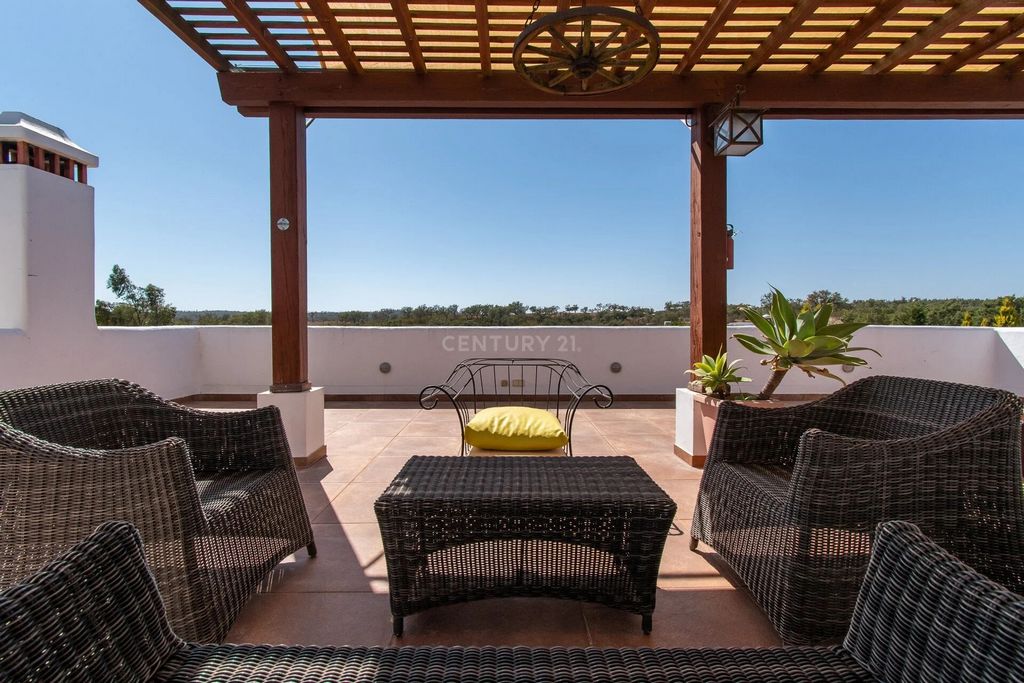
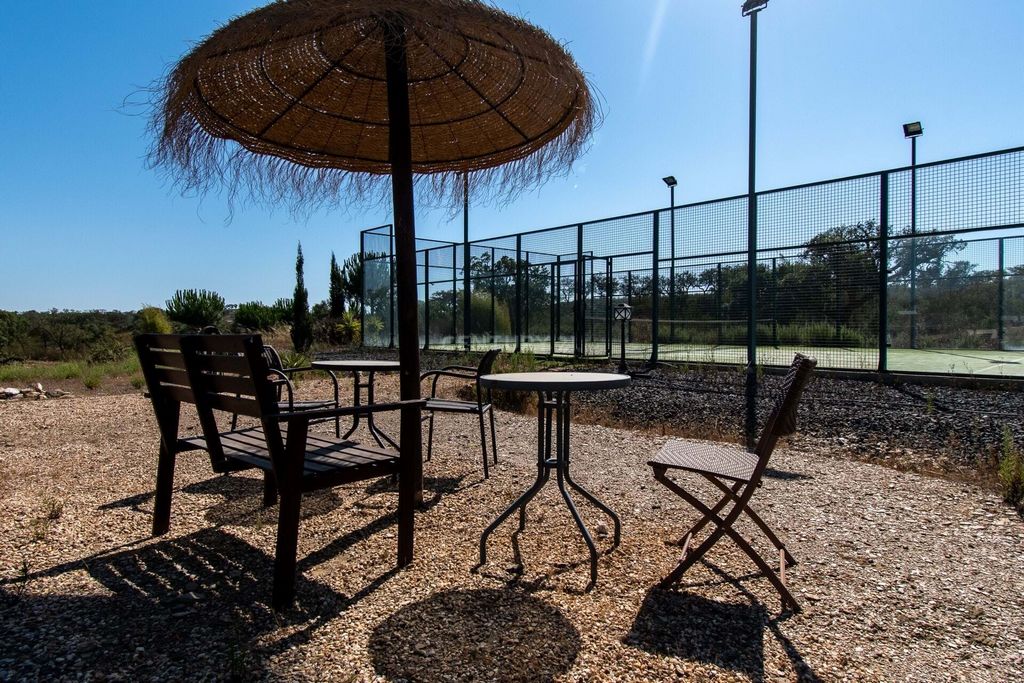
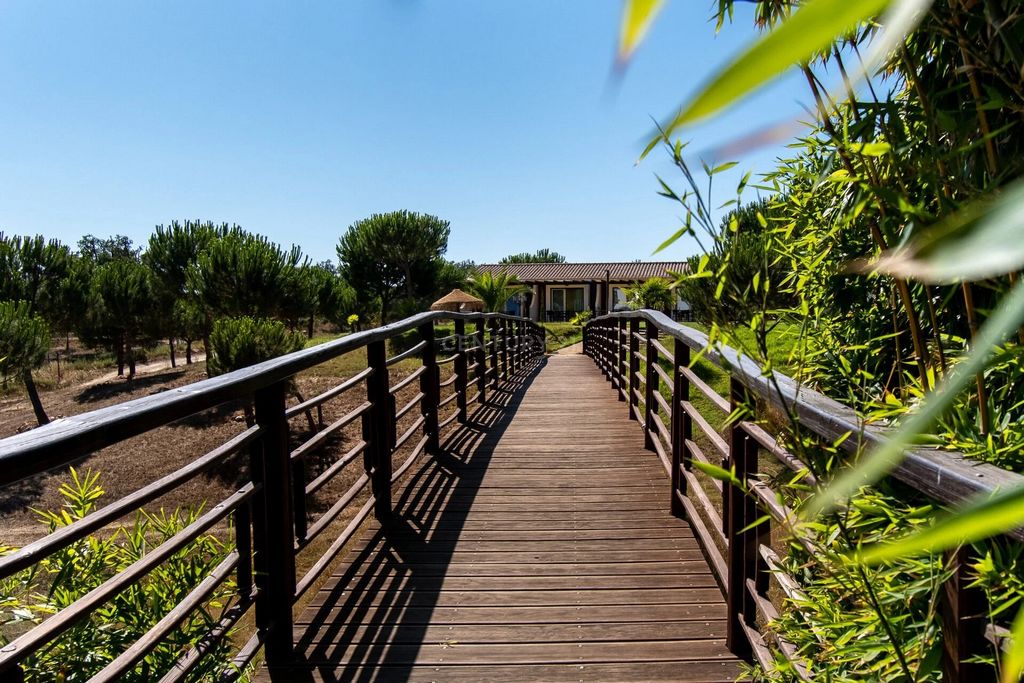
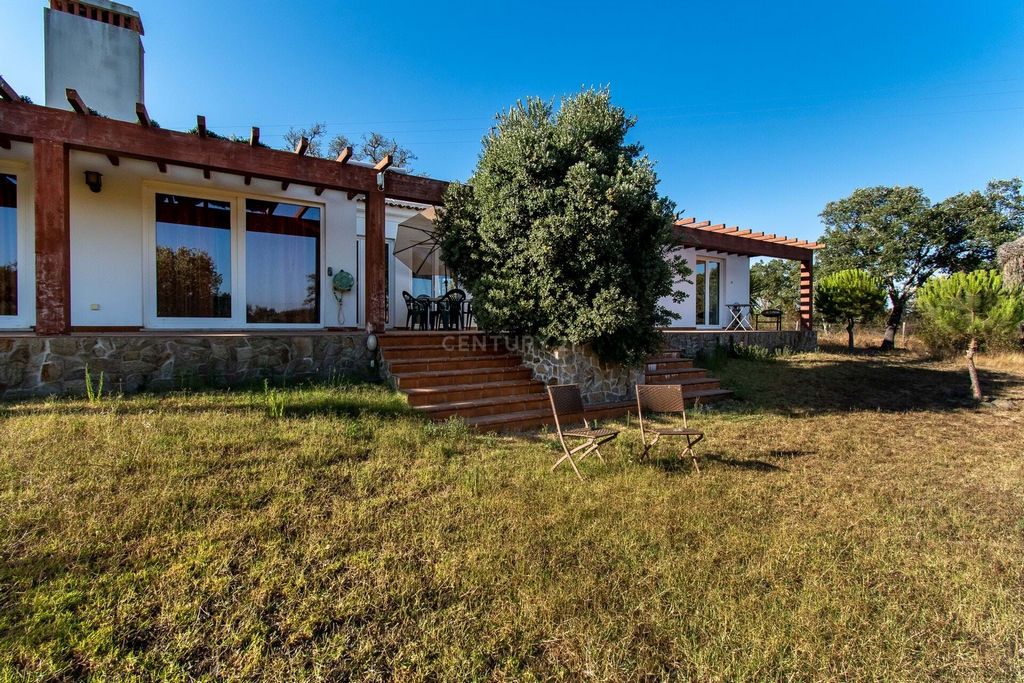
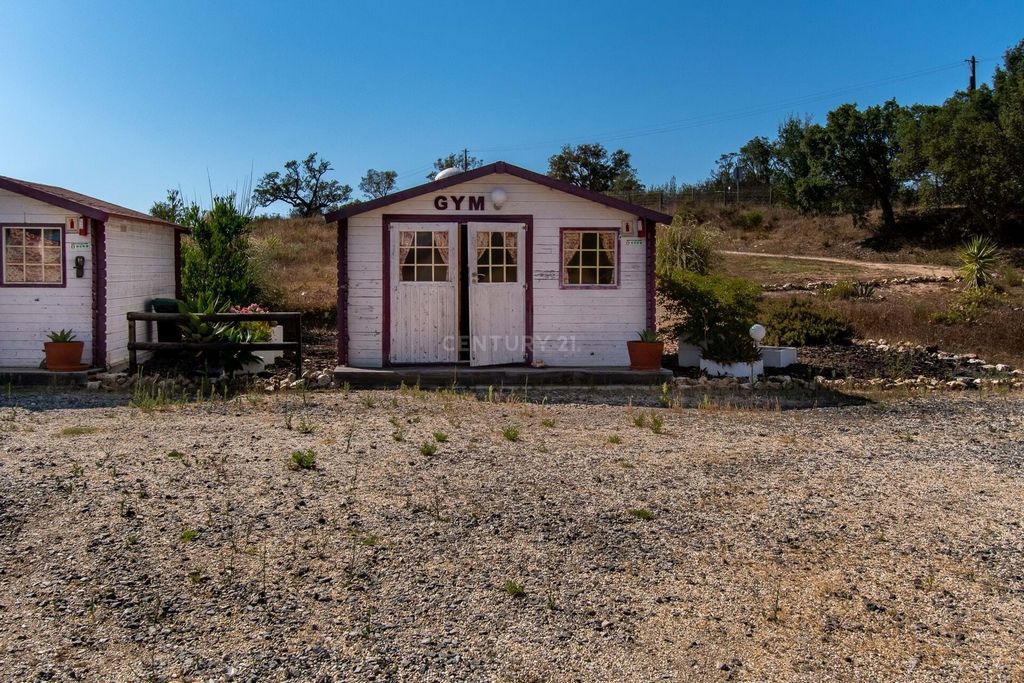
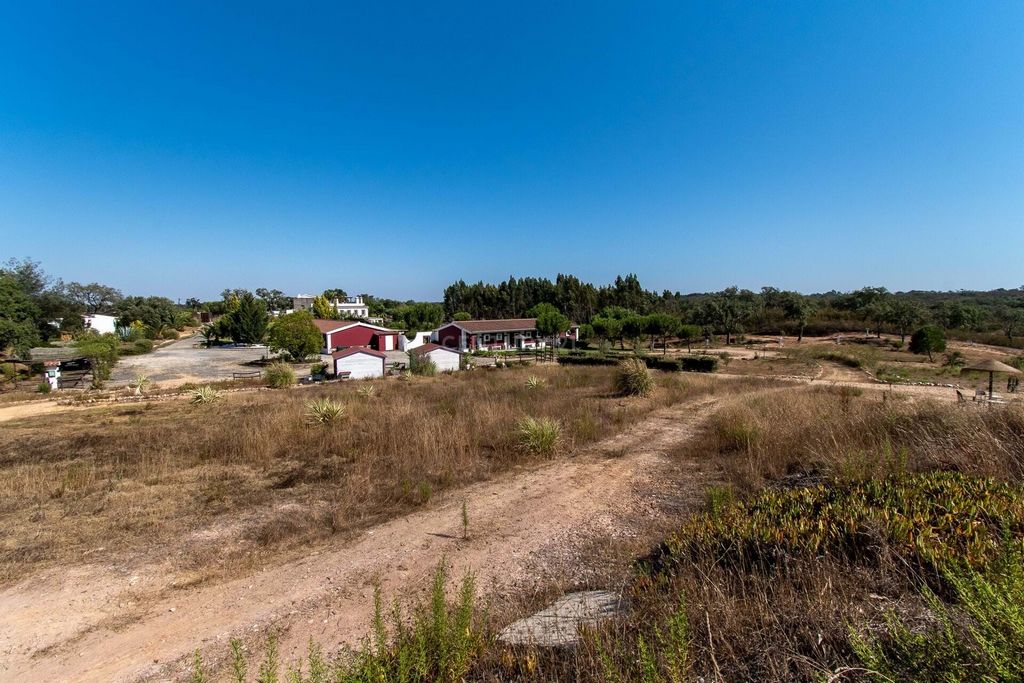
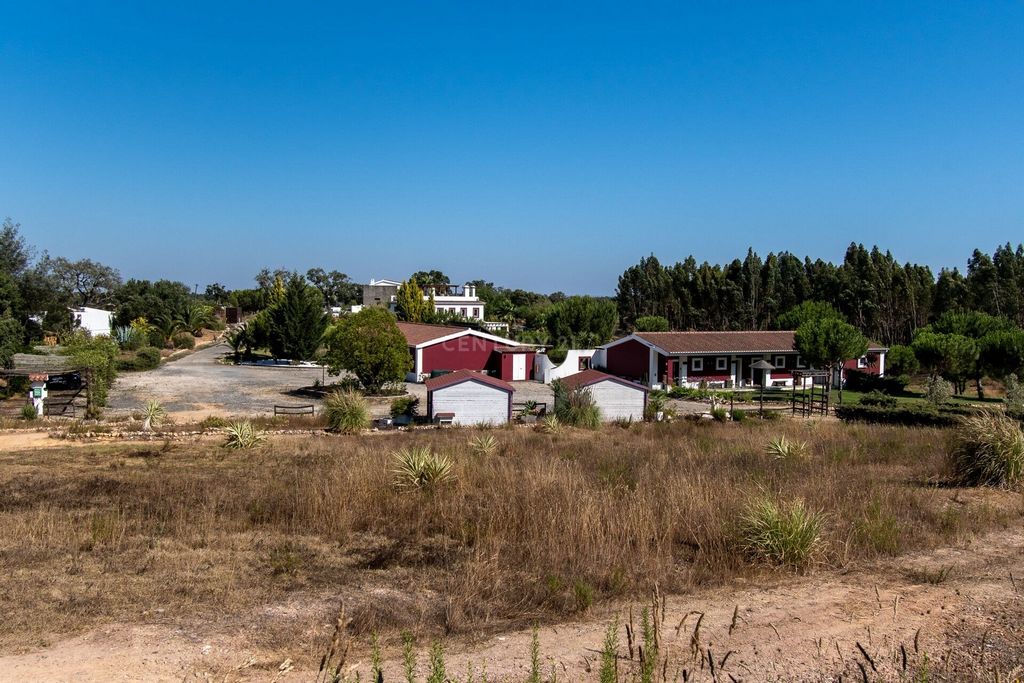
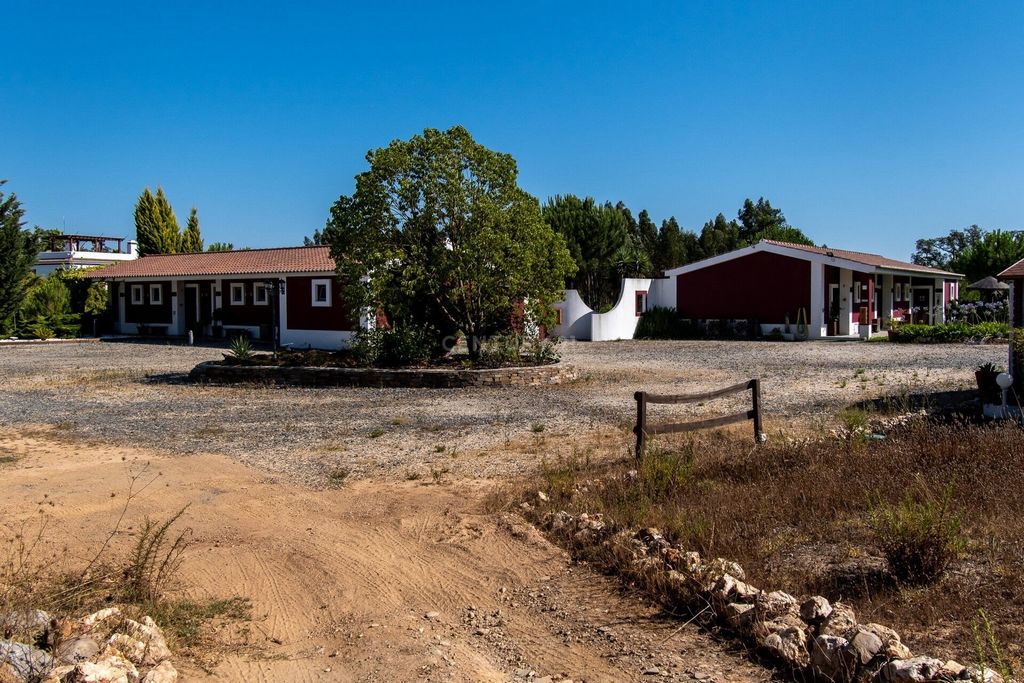
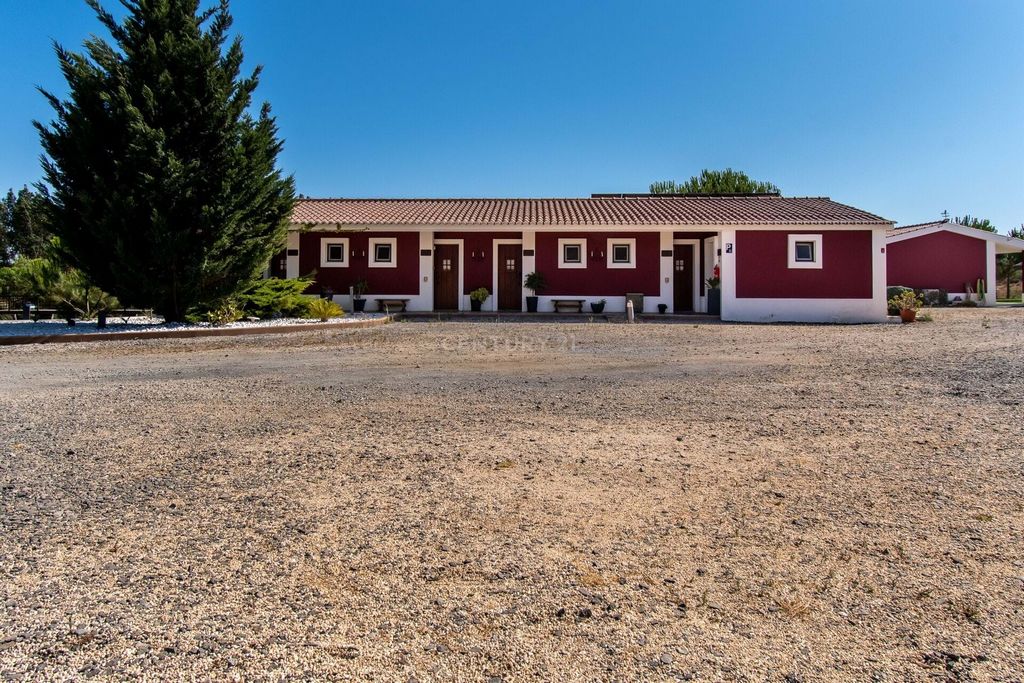
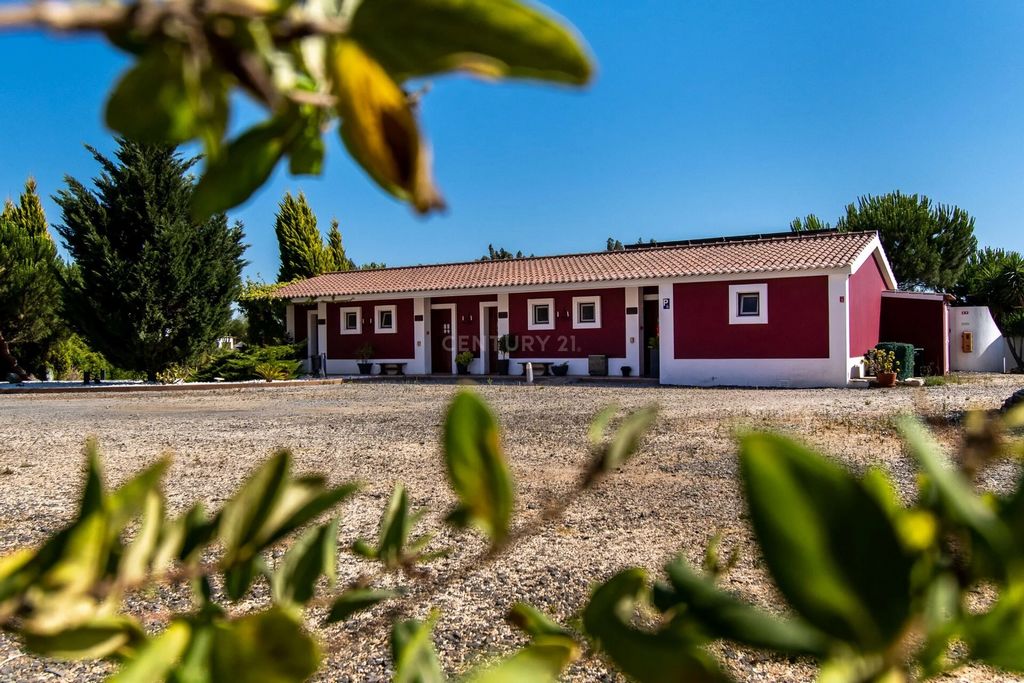
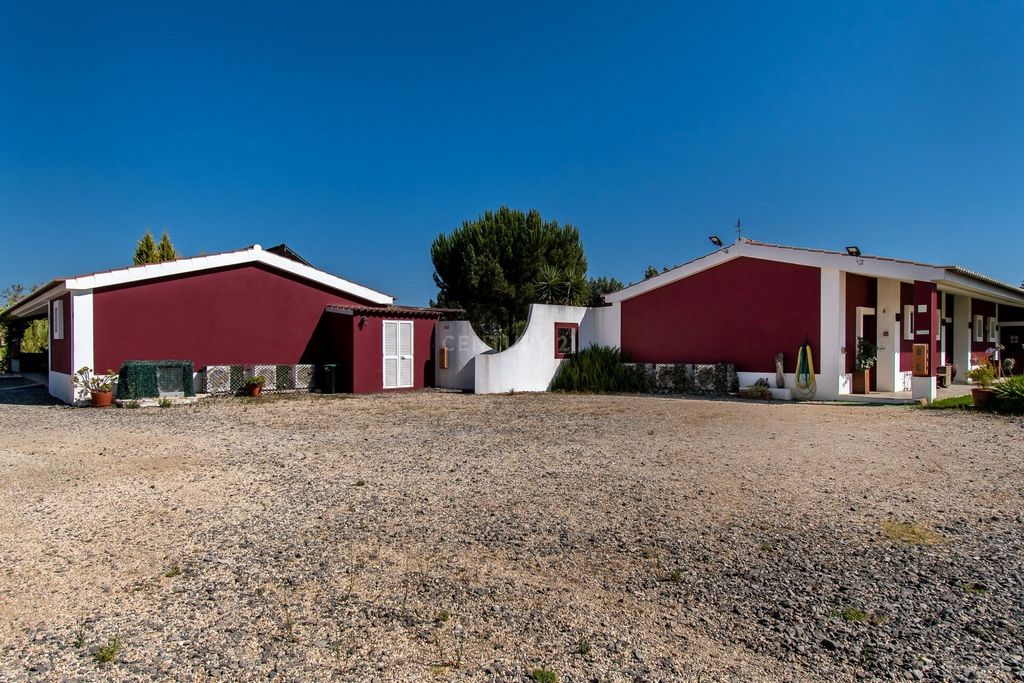
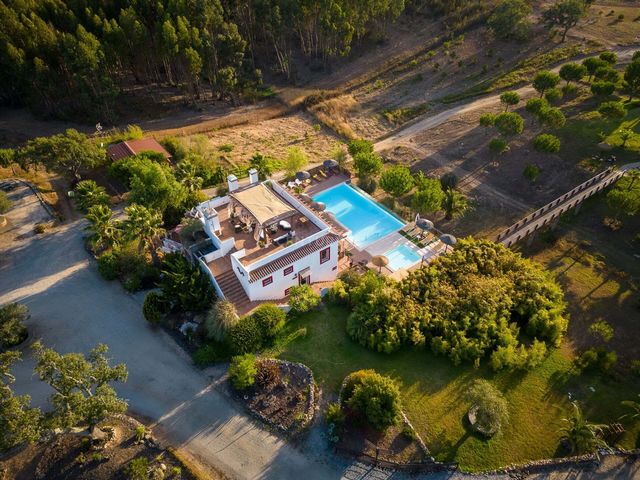
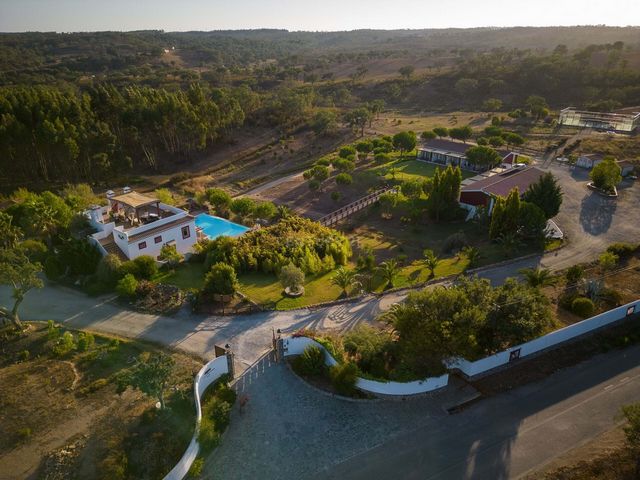
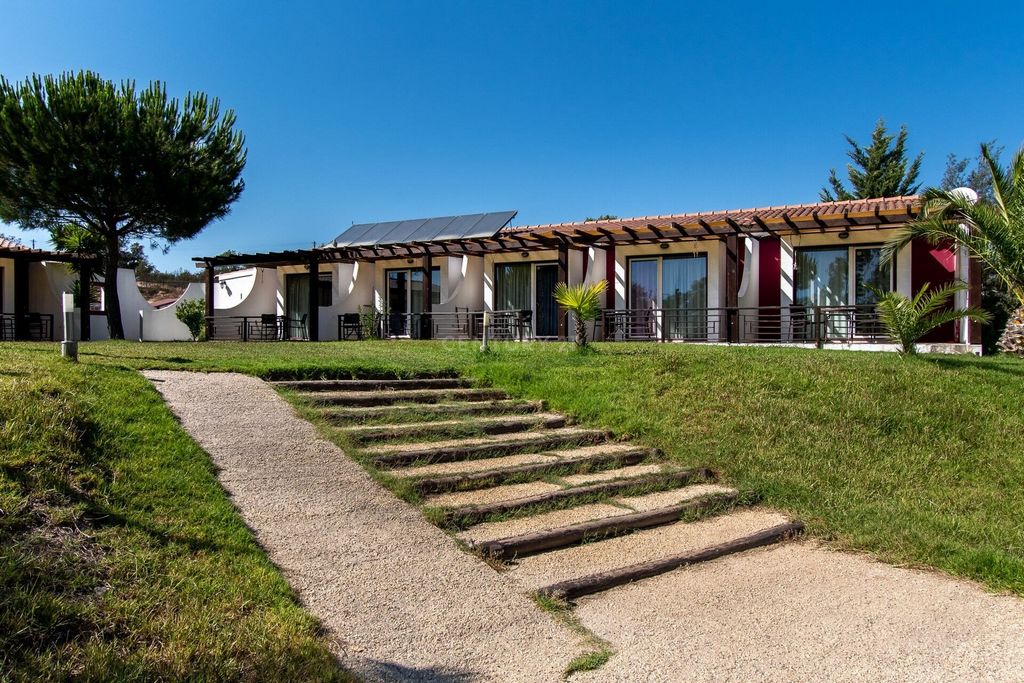
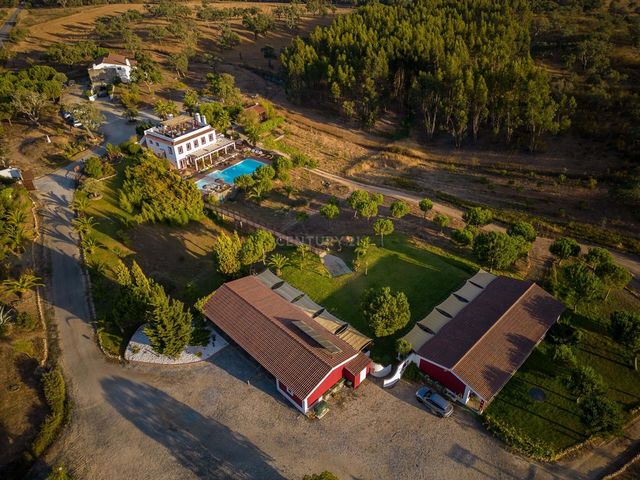
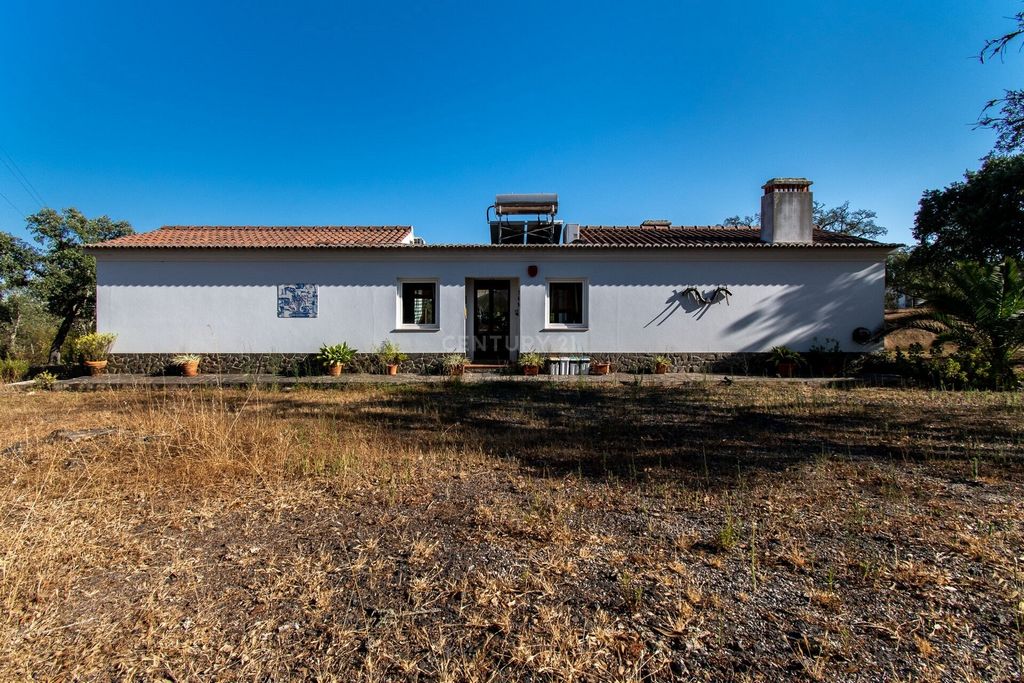
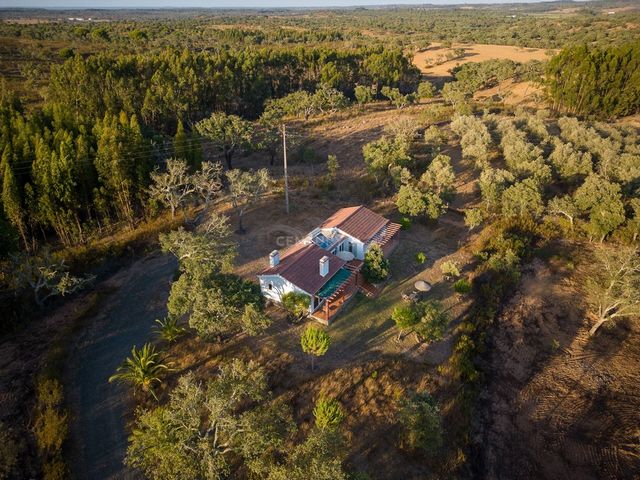
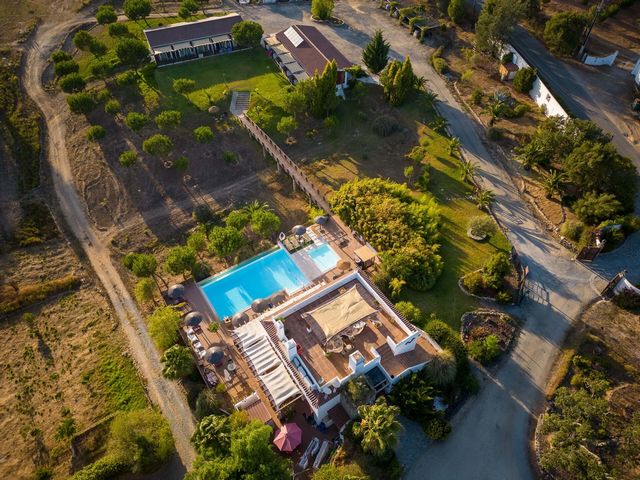
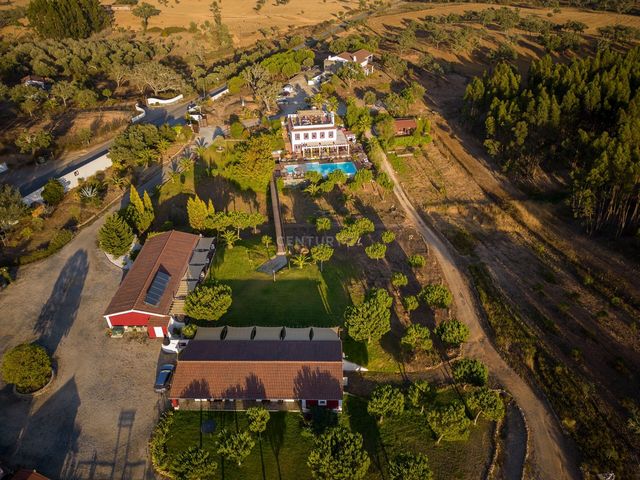
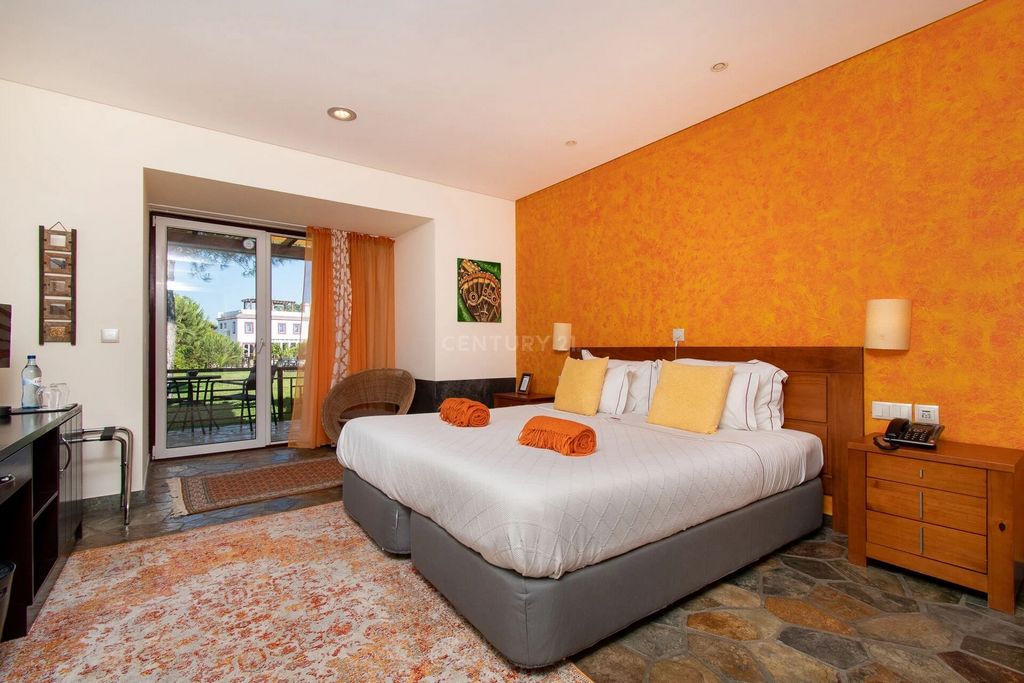

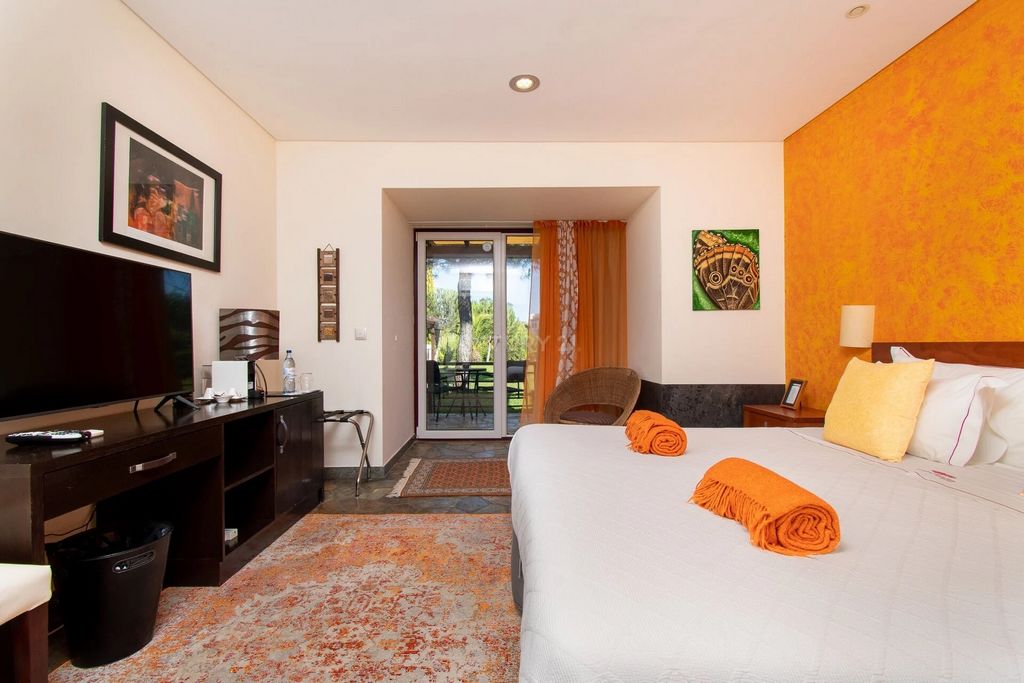
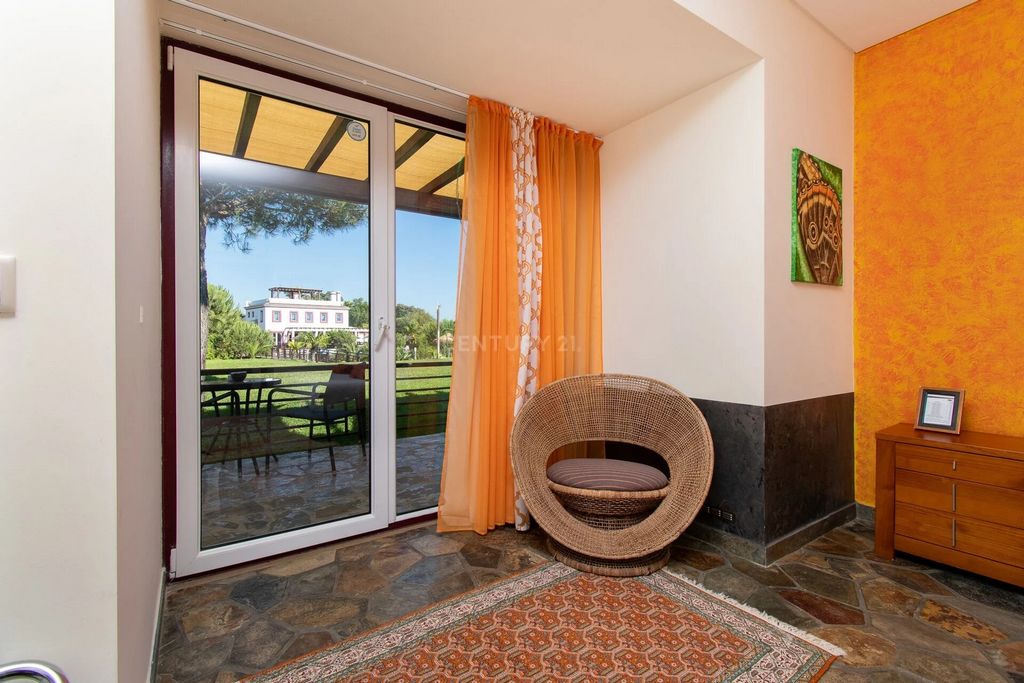
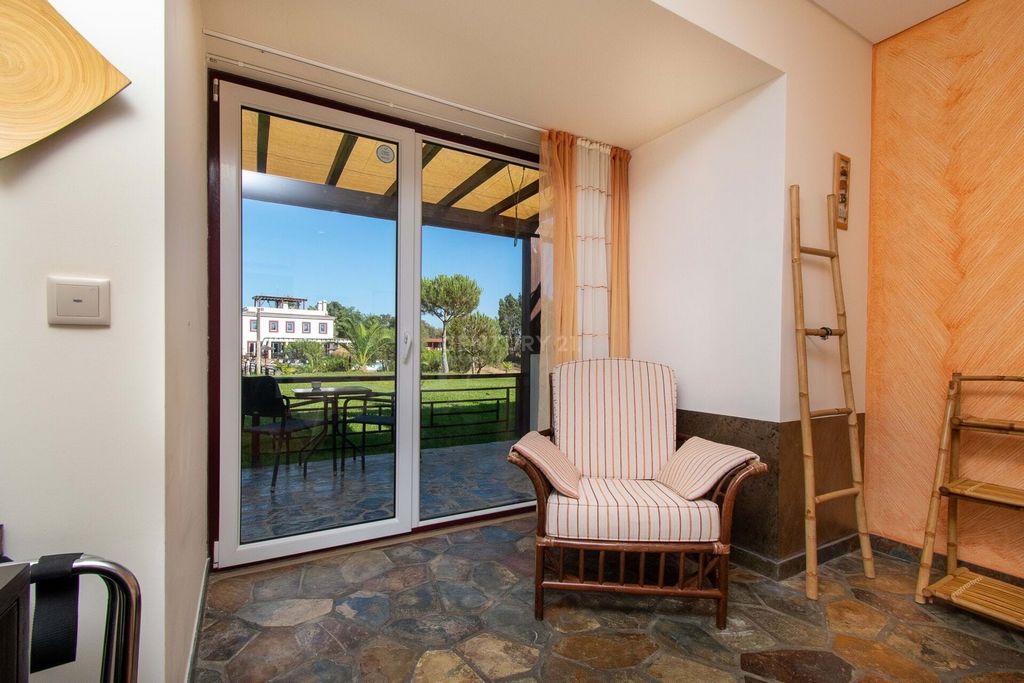
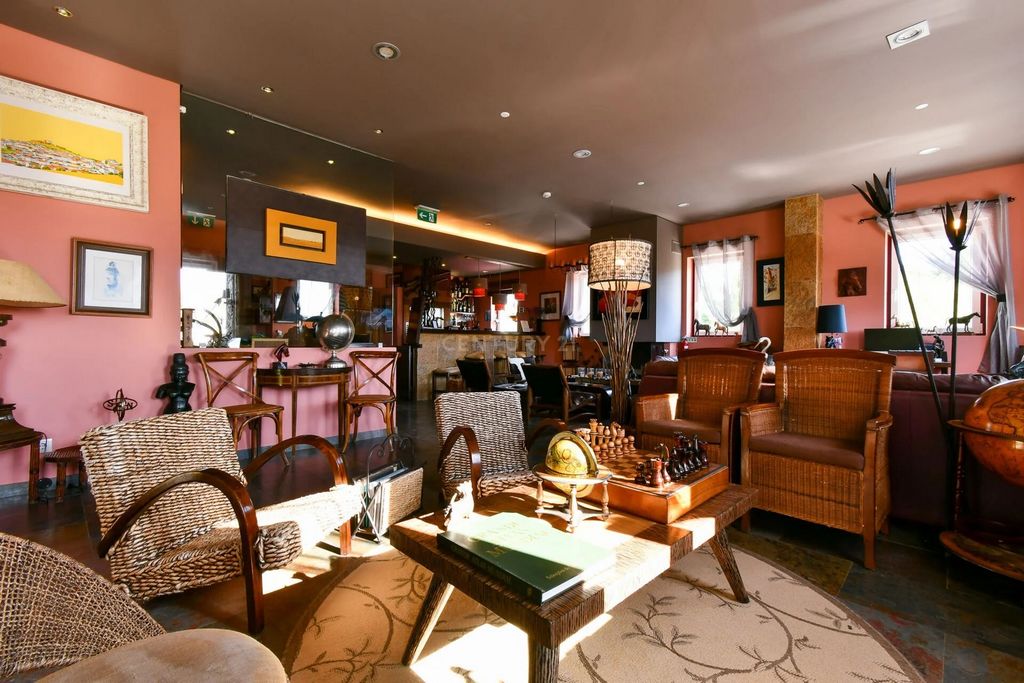
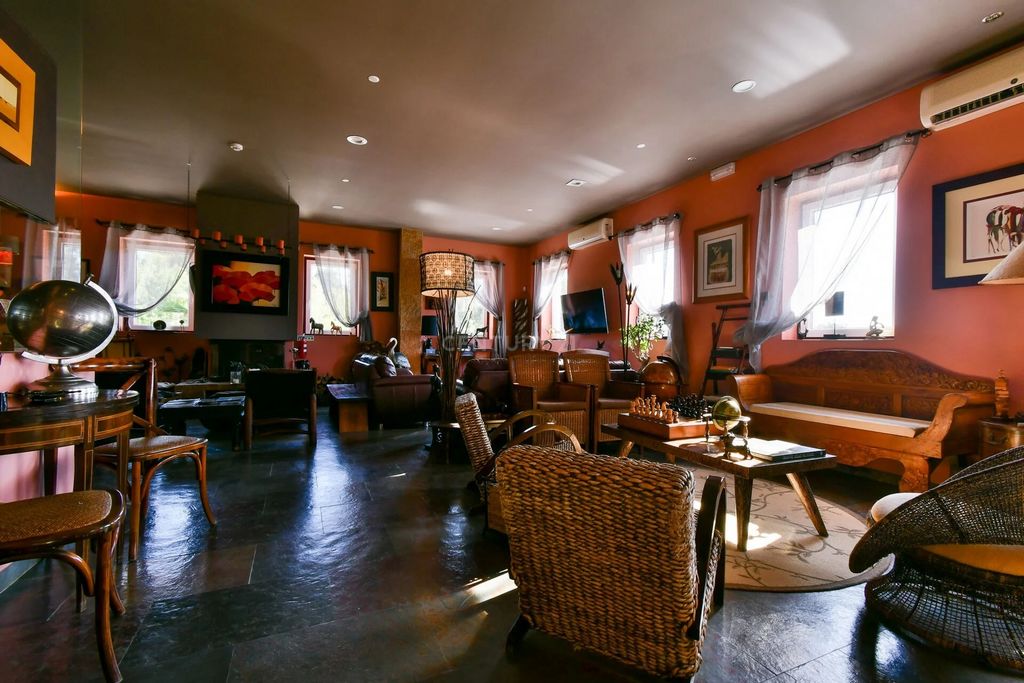

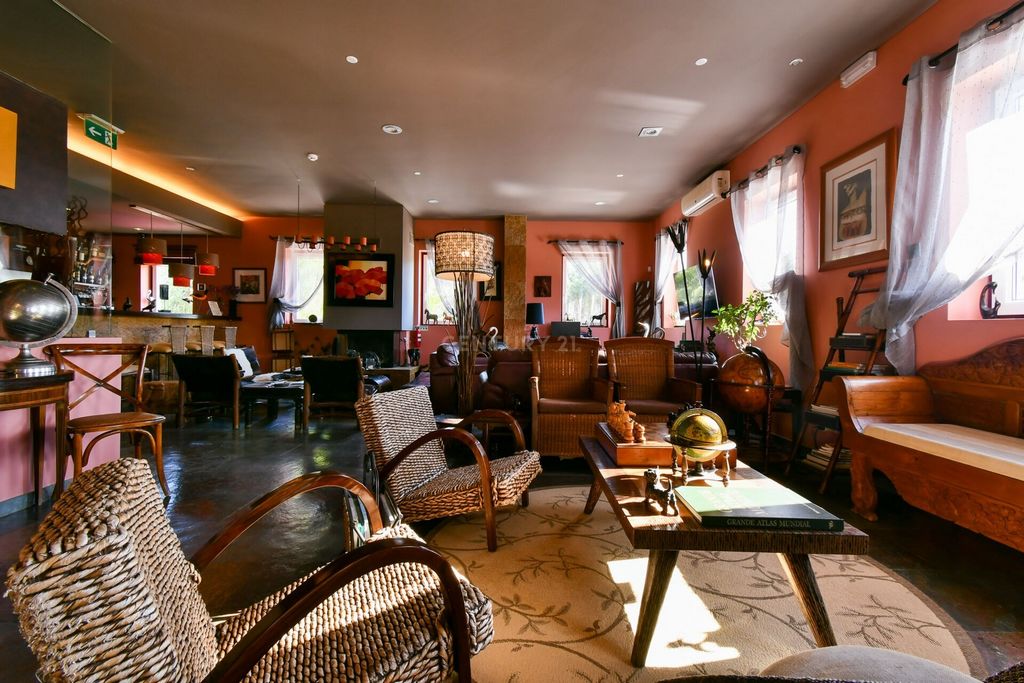
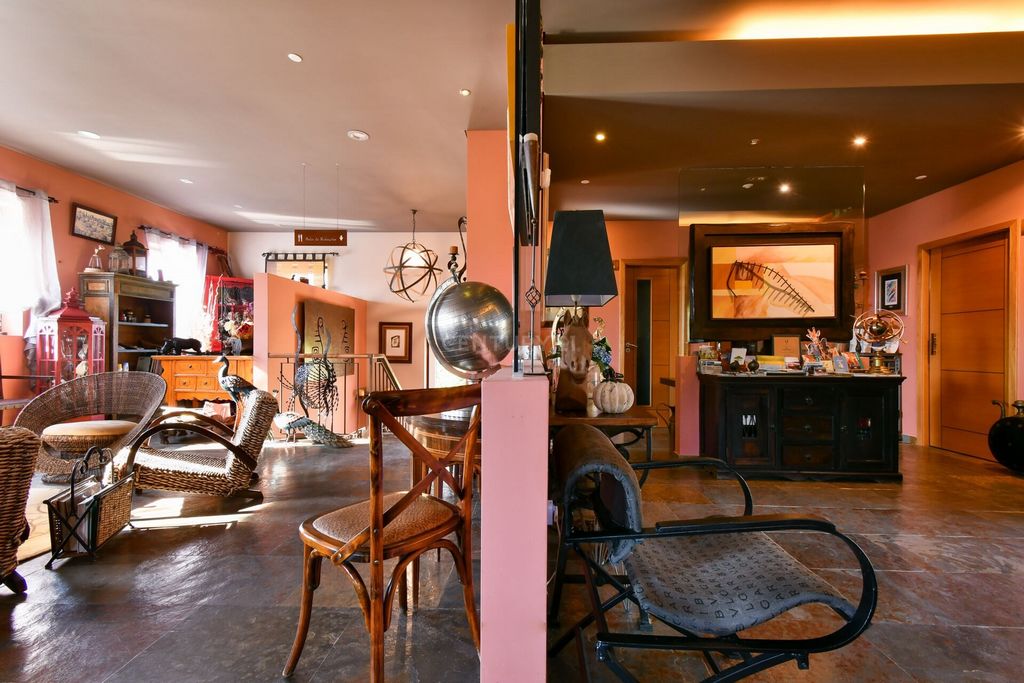


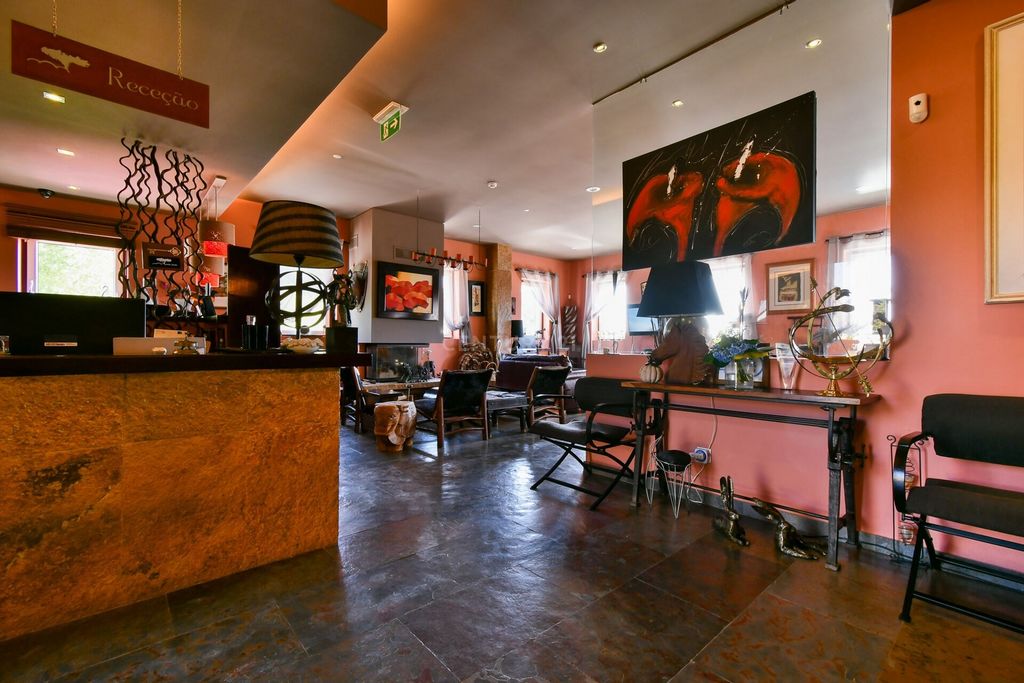
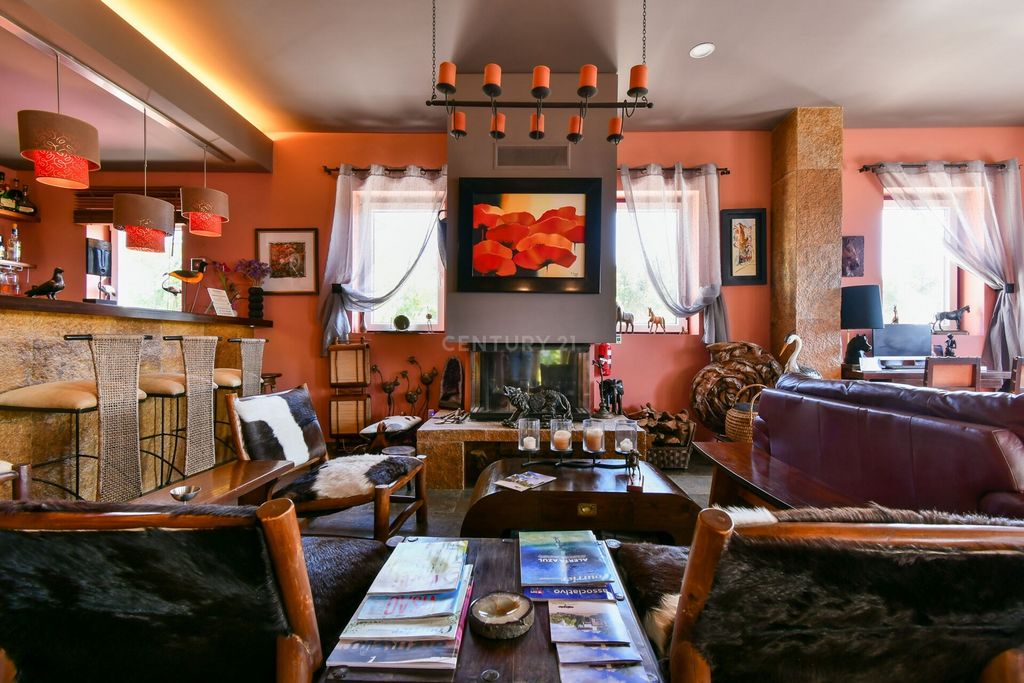
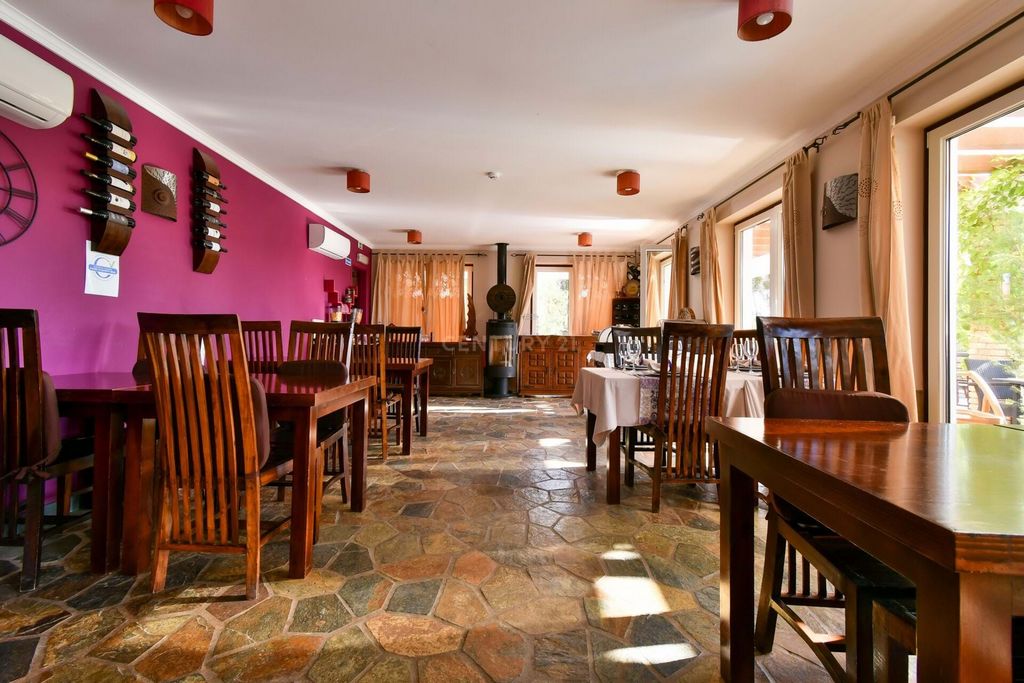
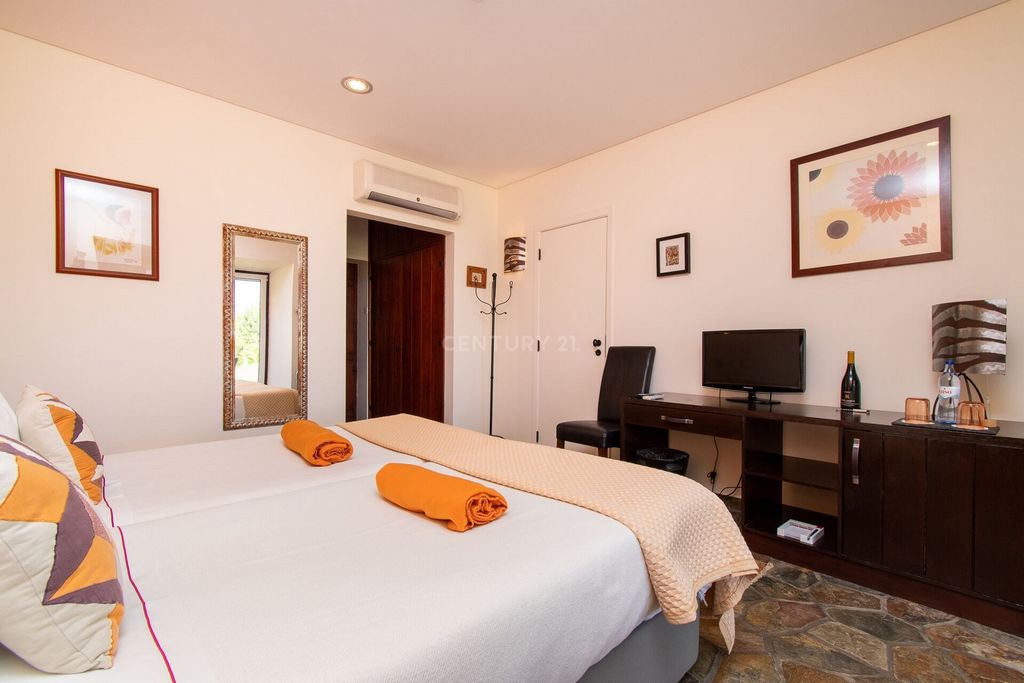

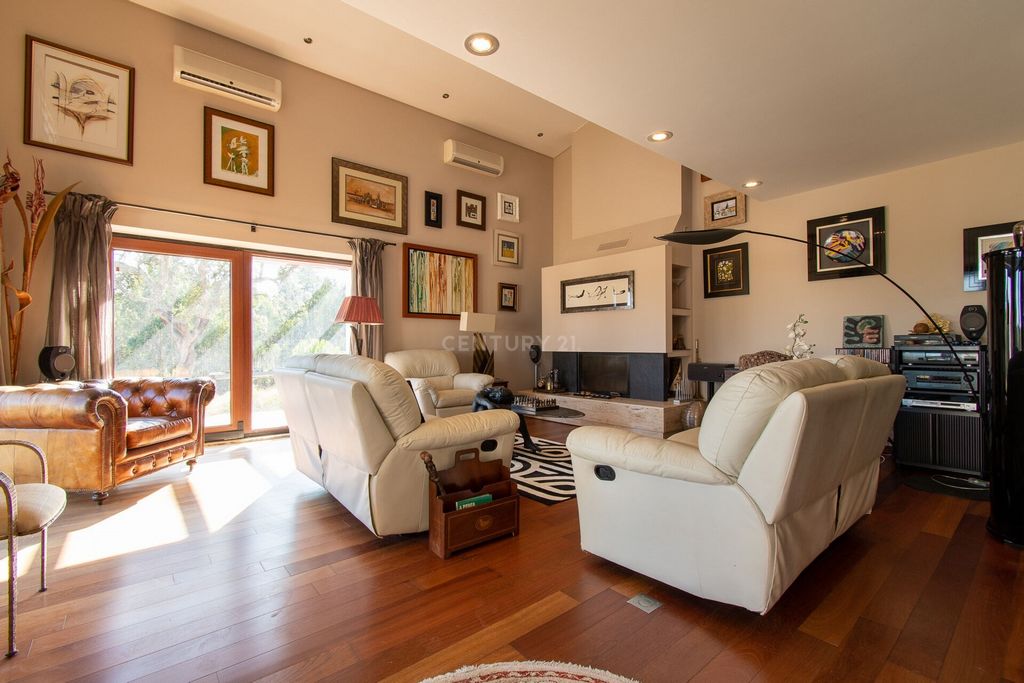
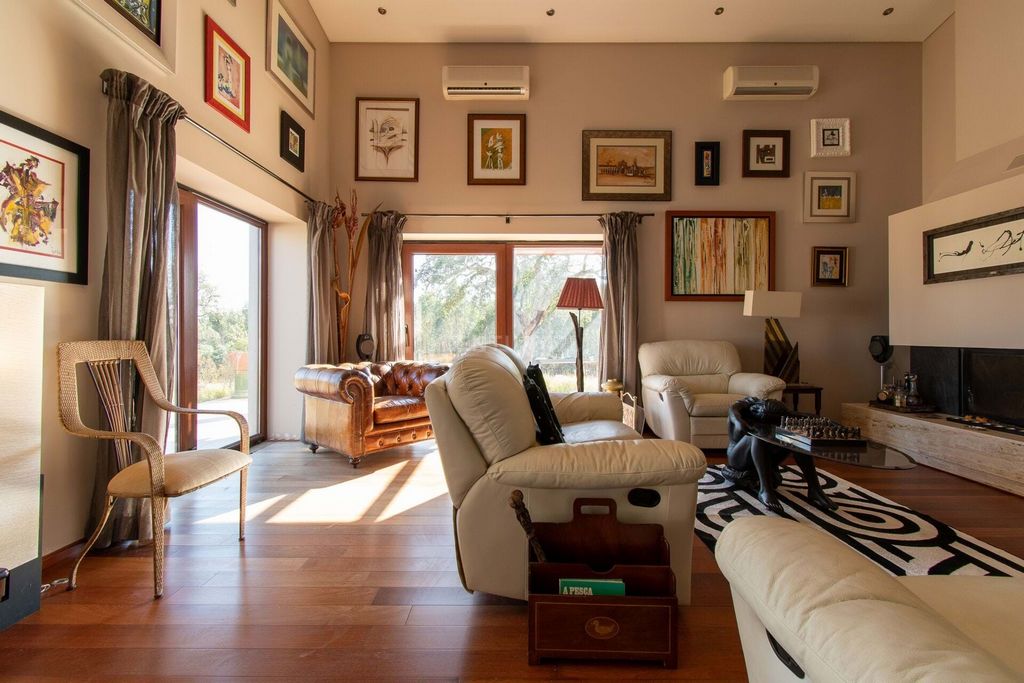
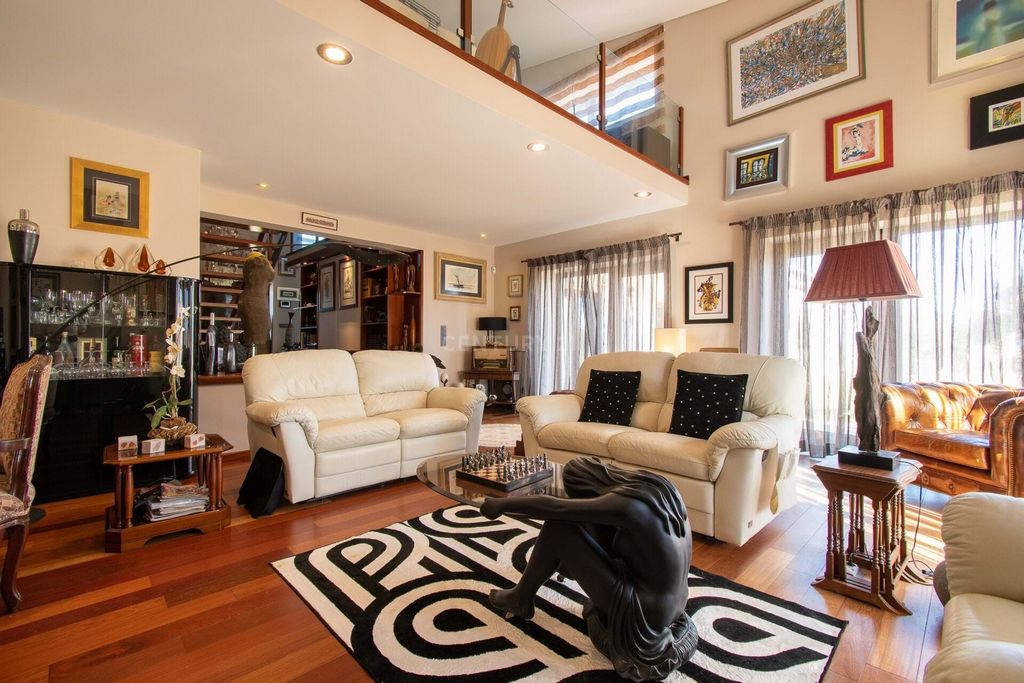

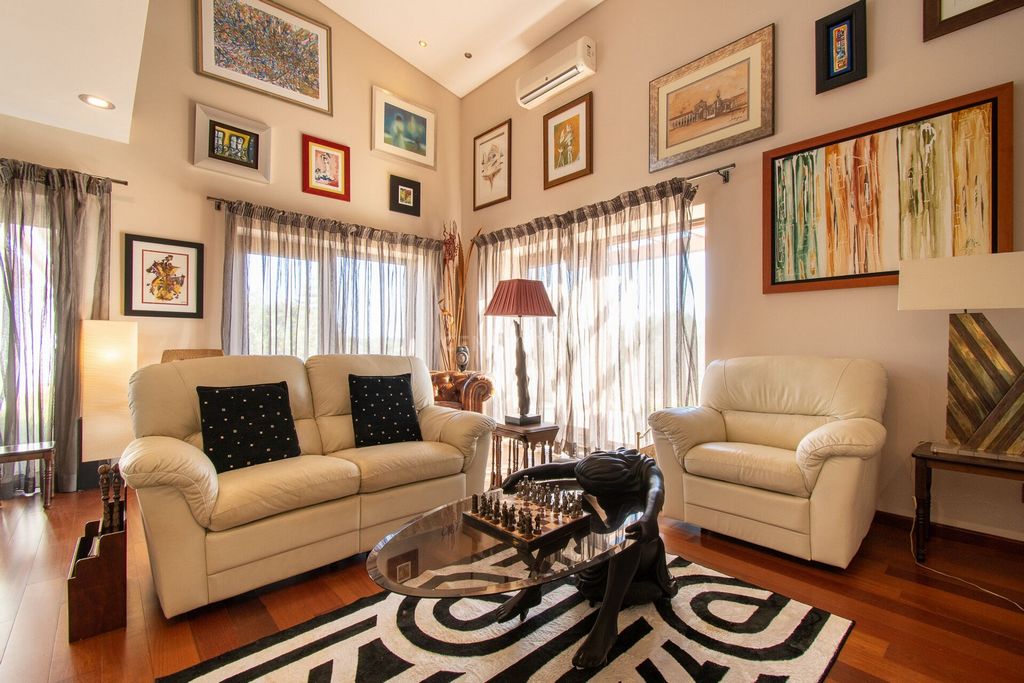


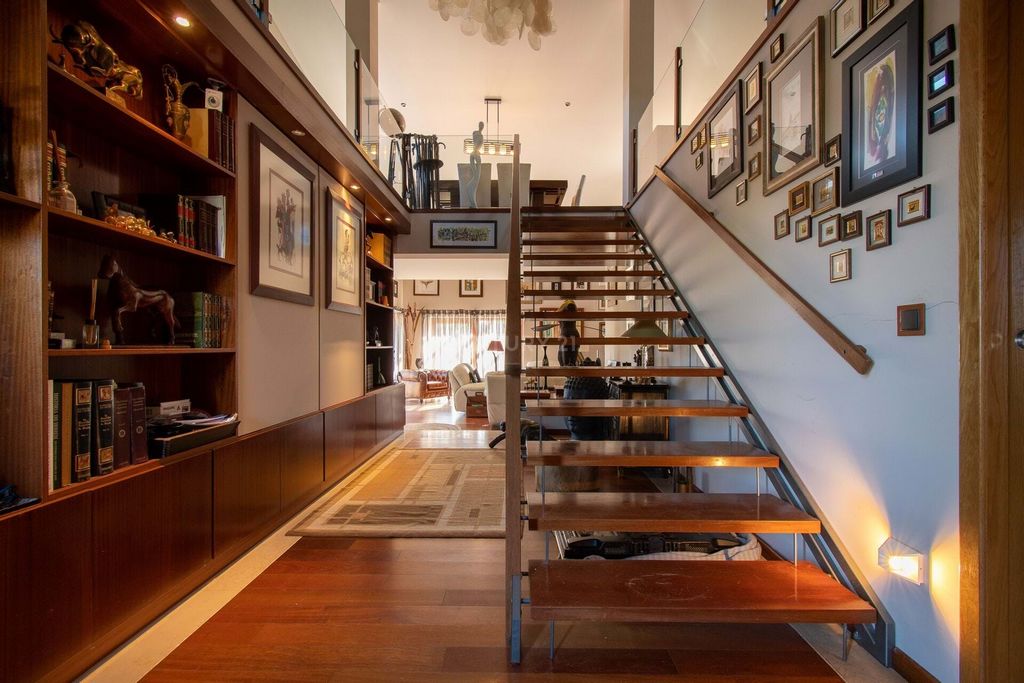


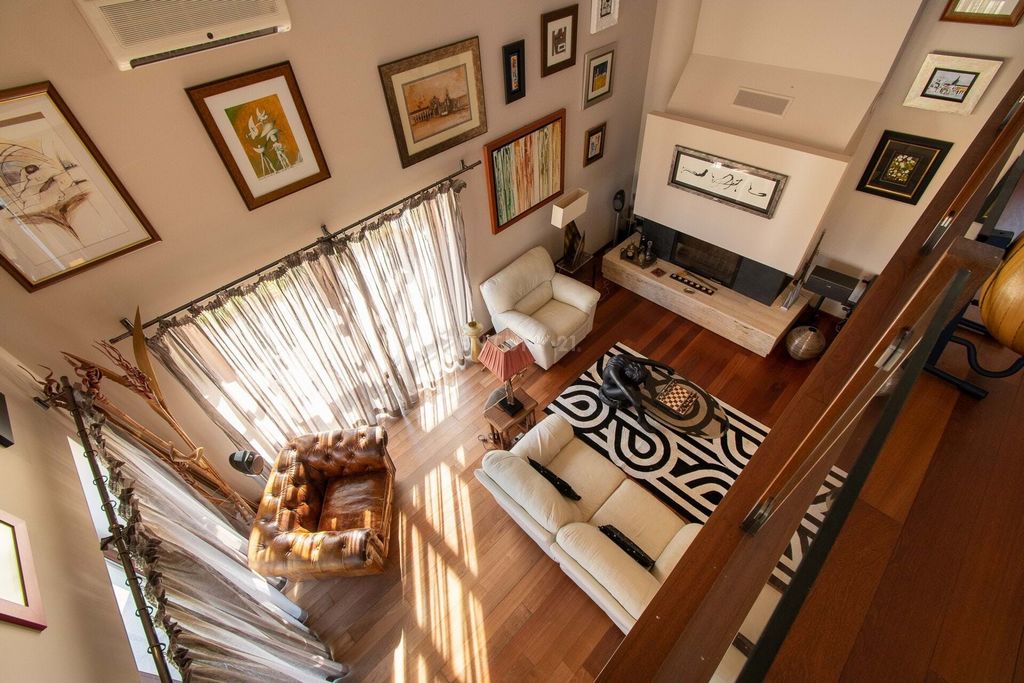
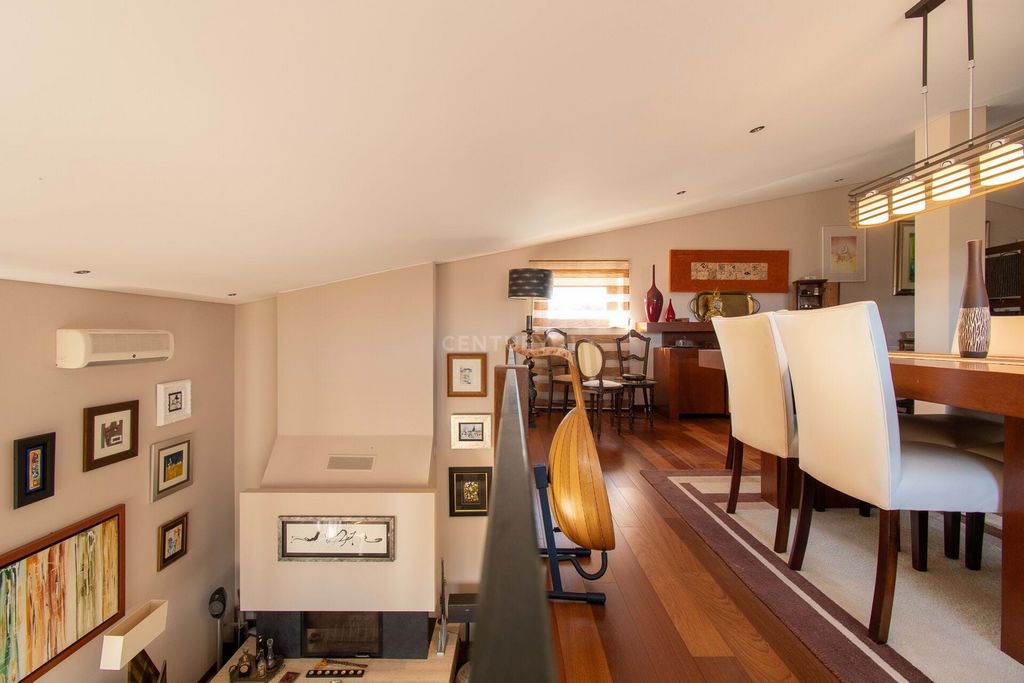
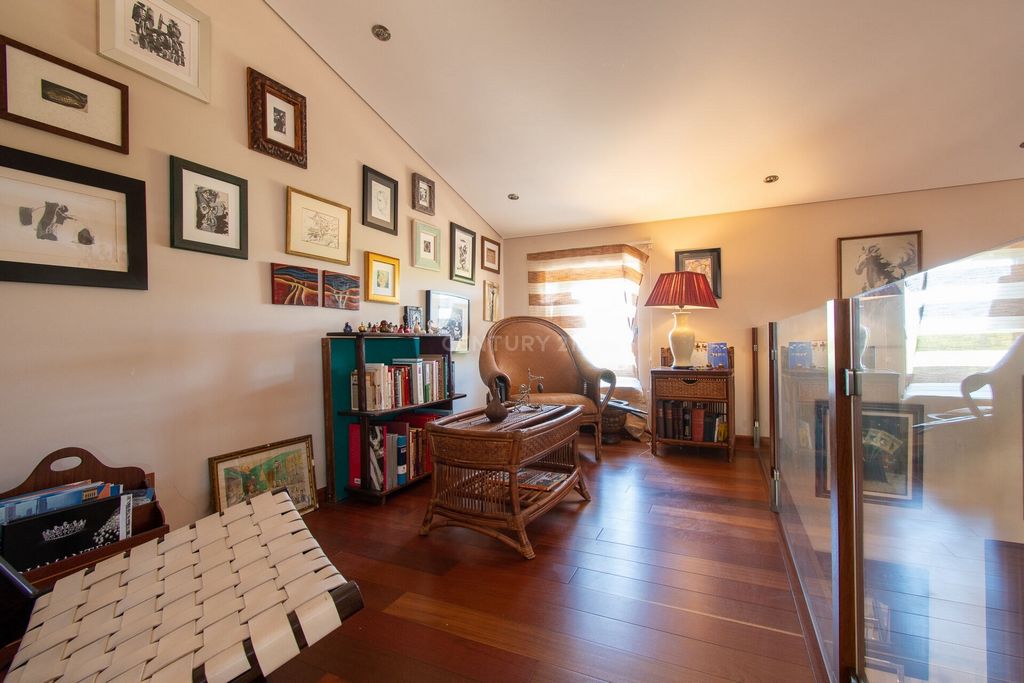


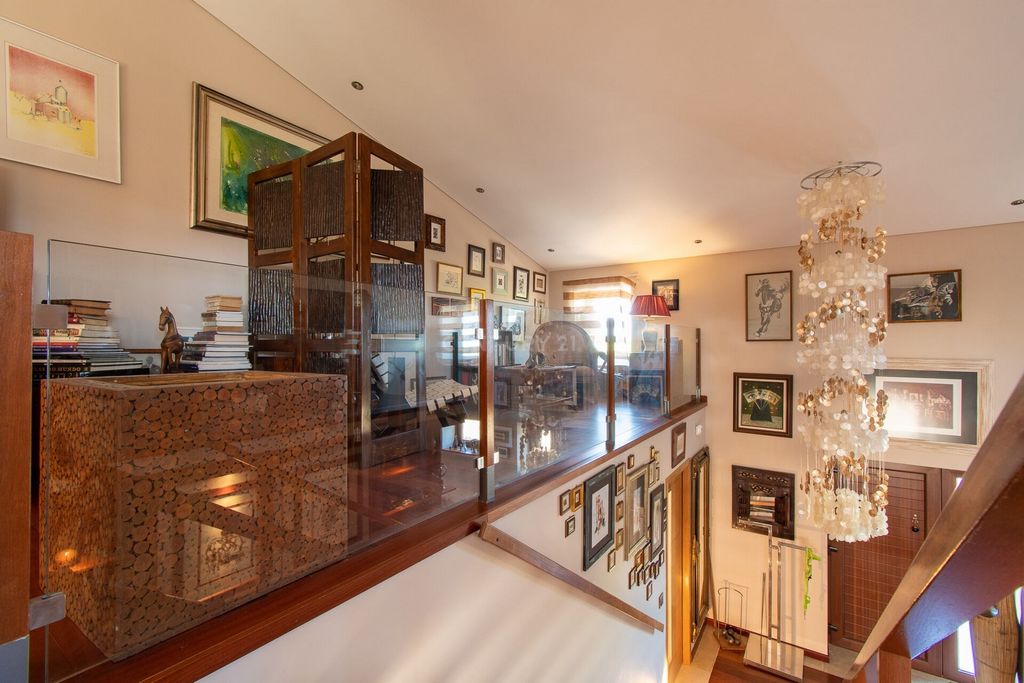
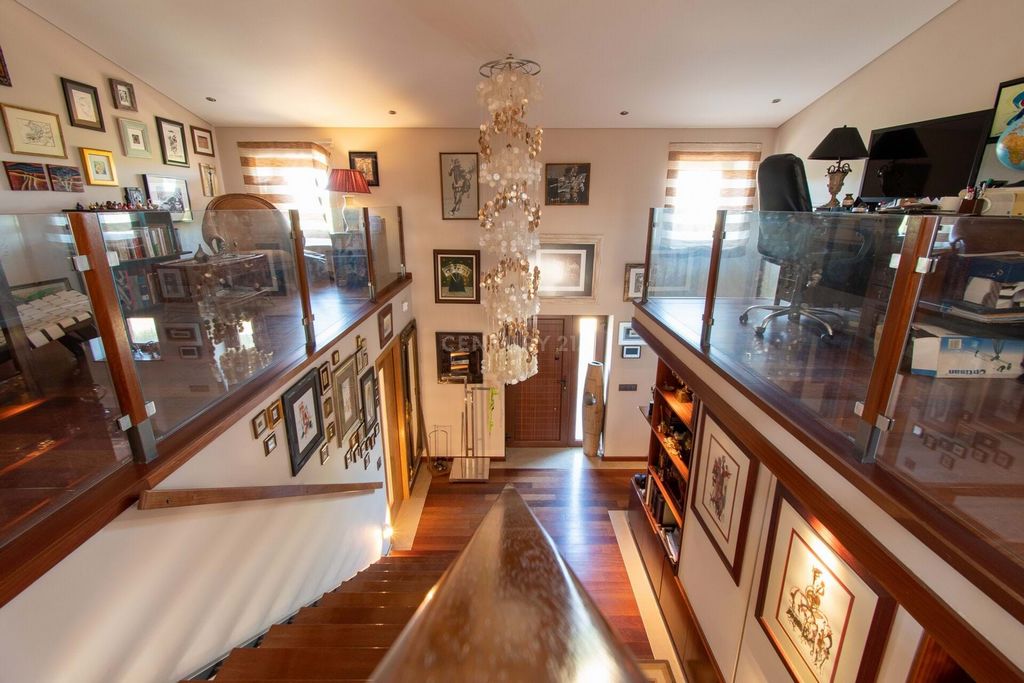
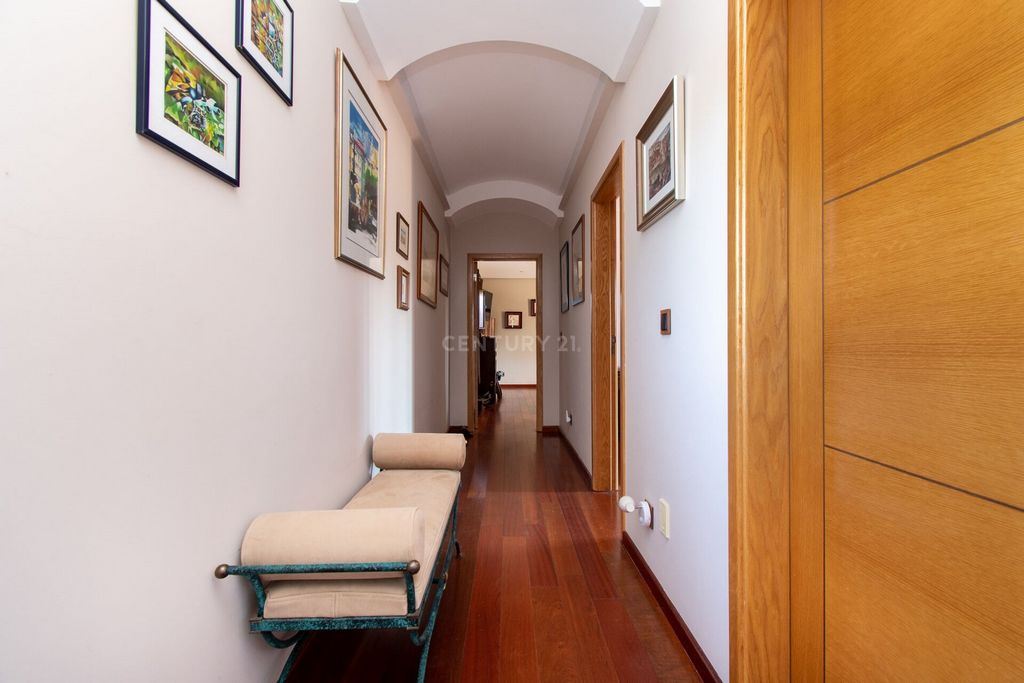




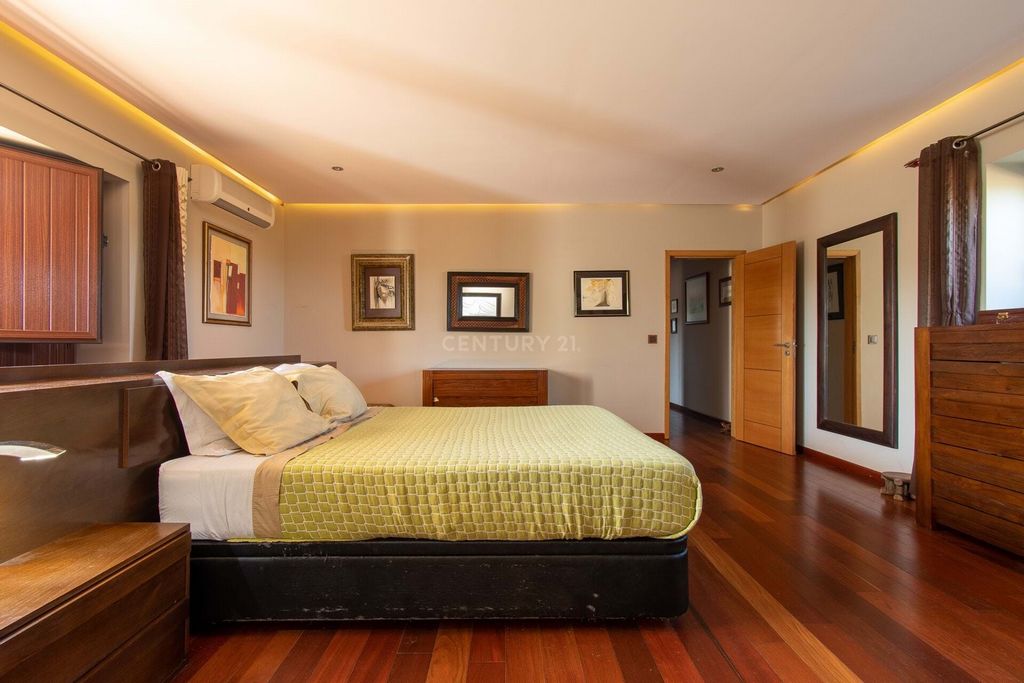
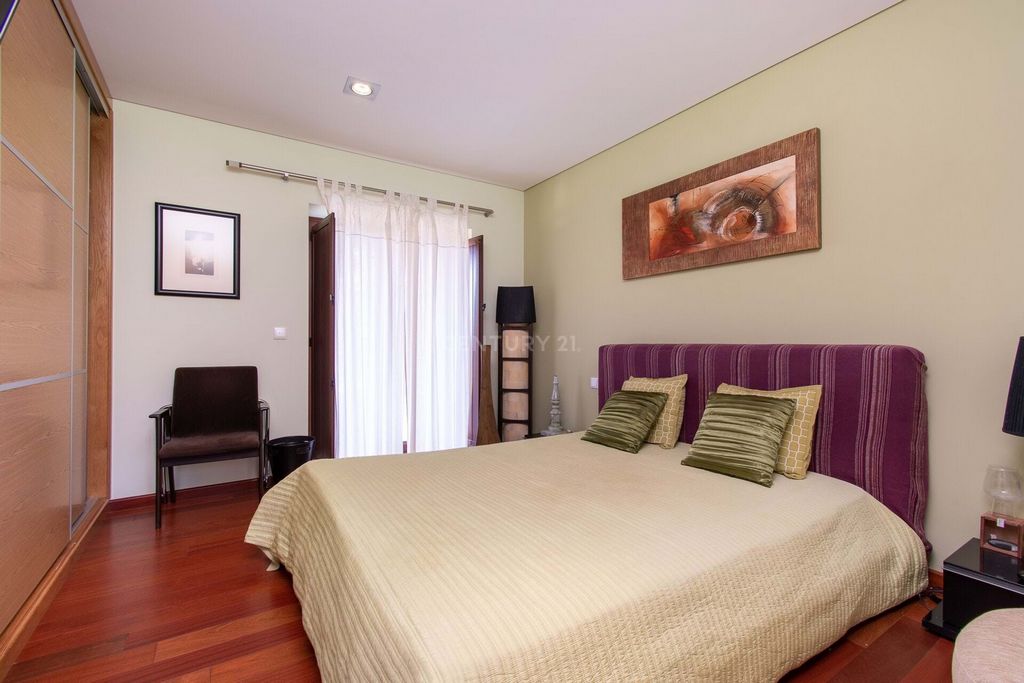
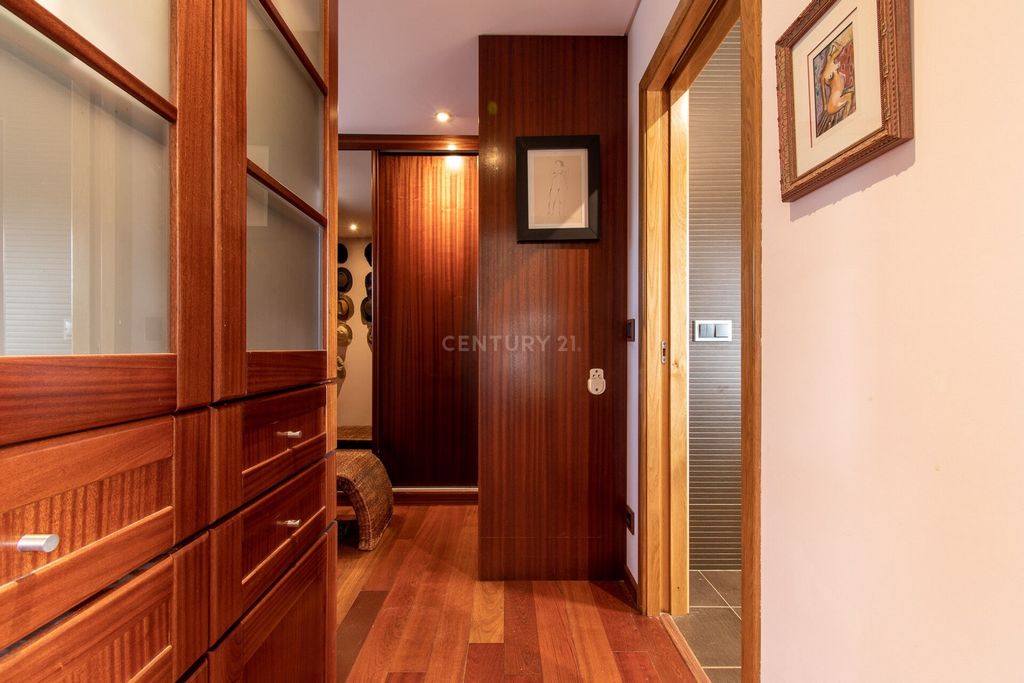
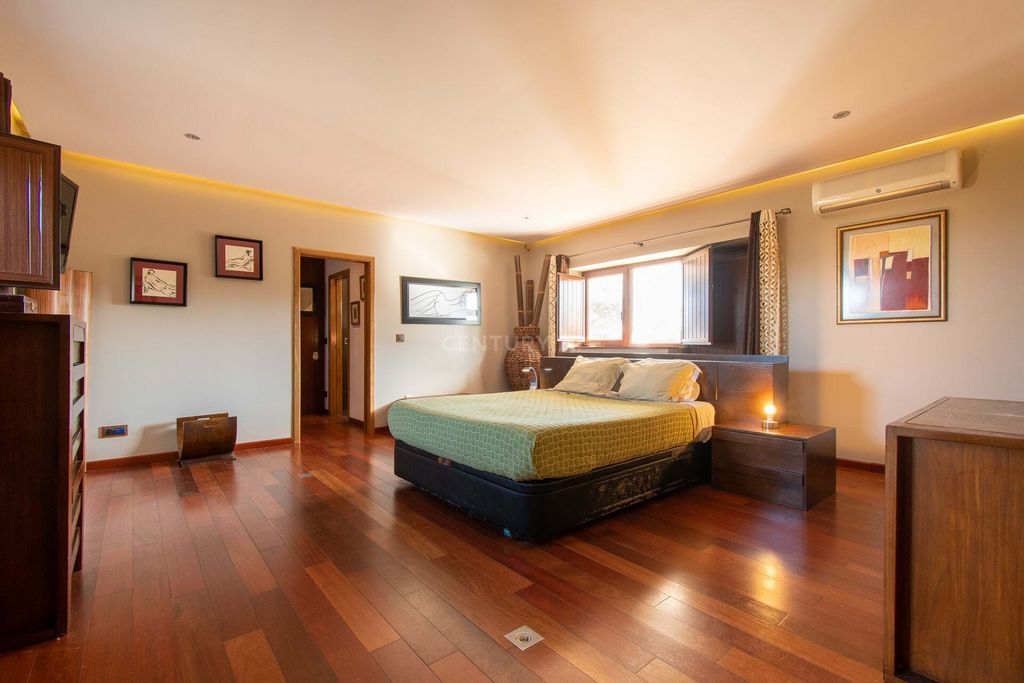
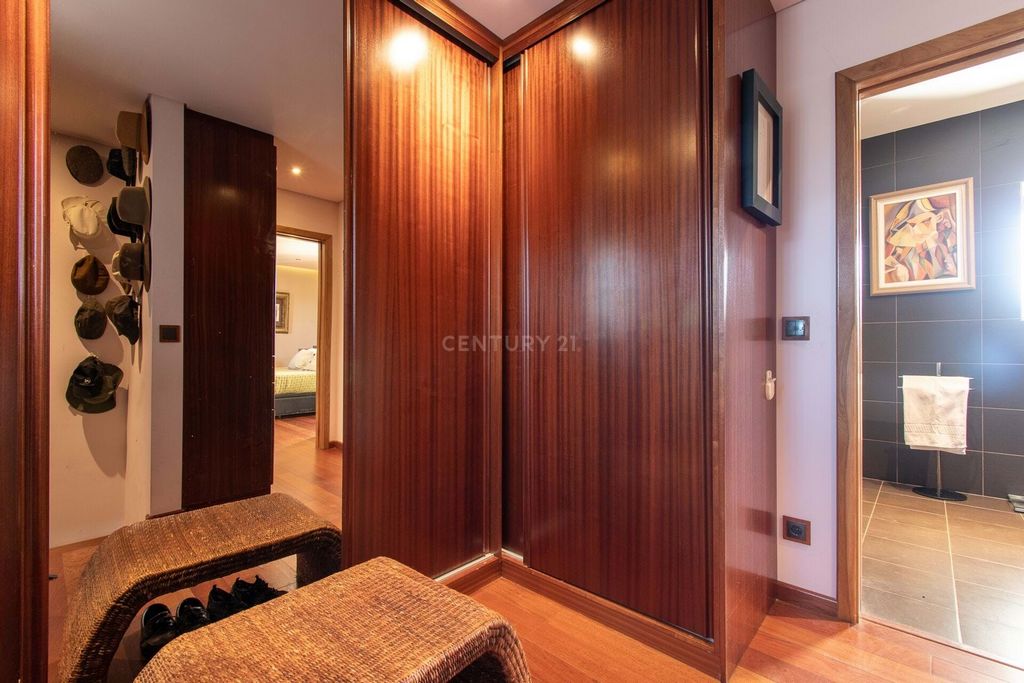

The project was designed to embrace the Alentejo landscape and create the harmony that is required in a place that aims to bring well-being and moments of pure relaxation. You can also enjoy the Vincentian beaches which are just 15 minutes away. This property is inserted in a magnificent property with about 10 hectares. Served by good accessibility A-2 A-1, A-22, A-13 About 90 minutes from the capital and the two main international airports Lisbon and Faro. The connection to the main communication routes is carried out by a tarred road with a journey of about 10 minutes, whether towards the south or north.
More details via direct contact by E-Mail or tel.Historical framework of Santiago do Cacém
It would have been around 712 and already after the decline of Miróbriga that the Moors reached the territory, building the castle on the hill opposite; it is even thought that the name Kassem is linked to the Moorish mayor. The Moorish occupation lasted until the 17th century. XII and many battles for the reconquest were fought in the territory until, in 1217, it definitively returned to the possession of the Christians, having D. Afonso II confirmed the donation of his father to the Order of the Spatarians.
The medieval village of SantIago de Kassem was already of great importance in the 19th century. XIII, with first-rate political and administrative officials (practors, mayors, judges, mayors, storekeepers). Officially considered a town in 1186, it received its first charter, by order of King D. Dinis. Between 1315 and 1336, by donation from D. Dinis, the village and the castle became the property of Princess D.ª Vetácia, handmaid and friend of Queen Santa Isabel, having returned to the Order of Santiago after the death of its owner.
Santiago do Cacém became the county seat in 1512, the date on which it was granted the charter by D. Manuel I.
See the video below:
https:// Mehr anzeigen Weniger anzeigen La propriété est située sur la côte de l'Alentejo, plus précisément dans la municipalité de Santiago do Cacém, Vale das Éguas. Cette municipalité est en position dominante sur une modeste colline, à côté de la côte atlantique et du port de Sines, avec vue sur la plaine voisine. Il fait actuellement partie de la région touristique Costa Azul.
Le projet a été conçu pour embrasser le paysage de l'Alentejo et créer l'harmonie nécessaire dans un lieu qui vise à apporter bien-être et moments de pure détente. Vous pourrez également profiter des plages vincentiennes qui ne sont qu'à 15 minutes. Cette propriété est insérée dans une magnifique propriété d'environ 10 hectares. Servi par une bonne accessibilité A-2 A-1, A-22, A-13 À environ 90 minutes de la capitale et des deux principaux aéroports internationaux de Lisbonne et Faro. La connexion aux principaux axes de communication s'effectue par une route goudronnée avec un trajet d'environ 10 minutes, que ce soit vers le sud ou le nord.
Plus de détails par contact direct par E-Mail ou tél.Cadre historique de Santiago do Cacém
Ce serait vers 712 et après le déclin de Miróbriga que les Maures atteignirent le territoire, construisant le château sur la colline d'en face ; on pense même que le nom Kassem est lié au maire maure. L'occupation mauresque dura jusqu'au XVIIe siècle. XII et de nombreuses batailles pour la reconquête ont eu lieu sur le territoire jusqu'à ce qu'en 1217, il revienne définitivement aux mains des chrétiens, après que D. Afonso II ait confirmé la donation de son père à l'Ordre des Spatariens.
Le village médiéval de Sant'Iago de Kassem était déjà d'une grande importance au XIXe siècle. XIII, avec des responsables politiques et administratifs de premier ordre (praticiens, maires, magistrats, maires, commerçants). Déjà officiellement considérée comme une ville en 1186, elle reçut sa première charte, par ordre du roi D. Dinis. Entre 1315 et 1336, par donation de D. Dinis, le village et le château appartenaient à la princesse D.ª Vetácia, servante et amie de la reine Santa Isabel, revenue à l'Ordre de Santiago après la mort de son propriétaire.
Santiago do Cacém est devenu le siège du comté en 1512, date à laquelle il a obtenu la charte de D. Manuel I.
Voir la vidéo ci-dessous :
https:// A herdade situa-se litoral alentejano, mais concretamente no Concelho de Santiago do Cacém, Vale das Éguas. Este Concelho fica em posição dominante sobre uma modesta colina, vizinha à orla atlântica e ao porto de Sines, com uma visibilidade para a planície vizinha. Atualmente integra a Região de Turismo da Costa Azul.
O projecto foi desenhado para abraçar a paisagem alentejana e criar a harmonia que se impõe a um lugar que tem por objectivo trazer bem-estar e momentos de puro relax. Também poderá disfrutar das praias vicentinas que distam a apenas 15 minutos . Este Imóvel está inserido numa magnifica propriedade com cerca de 10 hectares. Servida por boas acessibilidades A-2 A-1 ,A-22, A-13 A cerca de 90 minutos da capital e dos dois principais aeroportos internacionais lisboa e Faro. A ligação às principais vias de comunicação processa-se por estrada alcatroada com um percurso de cerca de 10 minutos quer seja em direção a sul ou norte.
Mais detalhes via contacto directo por E-Mail ou telf.Enquadramento Histórico de Santiago do Cacém
Terá sido por volta de 712 e já após o declínio de Miróbriga que os mouros atingiram o território, edificando o castelo na colina defronte; pensa-se inclusivamente que o nome Kassem estará ligado ao alcaide mouro. A ocupação moura prolongou-se até ao séc. XII e muitas batalhas pela reconquista se travaram no território até que, em 1217, voltou definitivamente à posse dos cristãos, tendo D. Afonso II confirmado a doação de seu pai à Ordem dos Espatários.
O burgo medieval de SantIago de Kassem era já de grande importância no séc. XIII, com responsáveis políticos e administrativos de primeira categoria (pretores, alvazis, juízes, alcaides, almoxarifes). Já considerada oficialmente vila em 1186, recebeu a sua primeira carta de foral, por ordem do rei D. Dinis. Entre 1315 e 1336, por doação de D. Dinis, a vila e o castelo passaram a pertencer à princesa D.ª Vetácia, aia e amiga da rainha Santa Isabel, tendo regressado à Ordem de Santiago após a morte da sua proprietária.
Santiago do Cacém tornou-se sede de concelho em 1512, data em que lhe foi concedida por D. Manuel I a carta de foral.
Veja o vídeo abaixo
https:// The property is located on the Alentejo coast, more specifically in the municipality of Santiago do Cacém, Vale das Éguas. This Municipality is in a dominant position on a modest hill, next to the Atlantic coast and the port of Sines, with visibility to the neighboring plain. It is currently part of the Costa Azul Tourism Region.
The project was designed to embrace the Alentejo landscape and create the harmony that is required in a place that aims to bring well-being and moments of pure relaxation. You can also enjoy the Vincentian beaches which are just 15 minutes away. This property is inserted in a magnificent property with about 10 hectares. Served by good accessibility A-2 A-1, A-22, A-13 About 90 minutes from the capital and the two main international airports Lisbon and Faro. The connection to the main communication routes is carried out by a tarred road with a journey of about 10 minutes, whether towards the south or north.
More details via direct contact by E-Mail or tel.Historical framework of Santiago do Cacém
It would have been around 712 and already after the decline of Miróbriga that the Moors reached the territory, building the castle on the hill opposite; it is even thought that the name Kassem is linked to the Moorish mayor. The Moorish occupation lasted until the 17th century. XII and many battles for the reconquest were fought in the territory until, in 1217, it definitively returned to the possession of the Christians, having D. Afonso II confirmed the donation of his father to the Order of the Spatarians.
The medieval village of SantIago de Kassem was already of great importance in the 19th century. XIII, with first-rate political and administrative officials (practors, mayors, judges, mayors, storekeepers). Officially considered a town in 1186, it received its first charter, by order of King D. Dinis. Between 1315 and 1336, by donation from D. Dinis, the village and the castle became the property of Princess D.ª Vetácia, handmaid and friend of Queen Santa Isabel, having returned to the Order of Santiago after the death of its owner.
Santiago do Cacém became the county seat in 1512, the date on which it was granted the charter by D. Manuel I.
See the video below:
https://